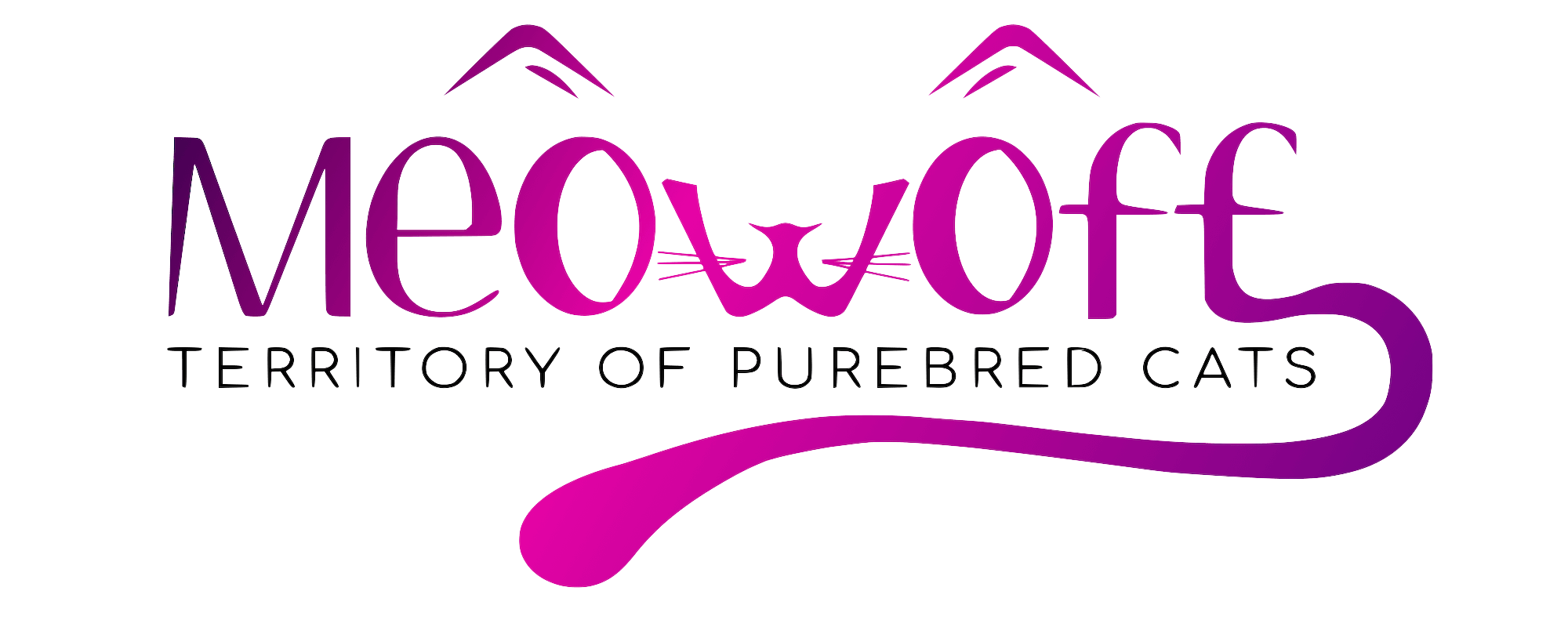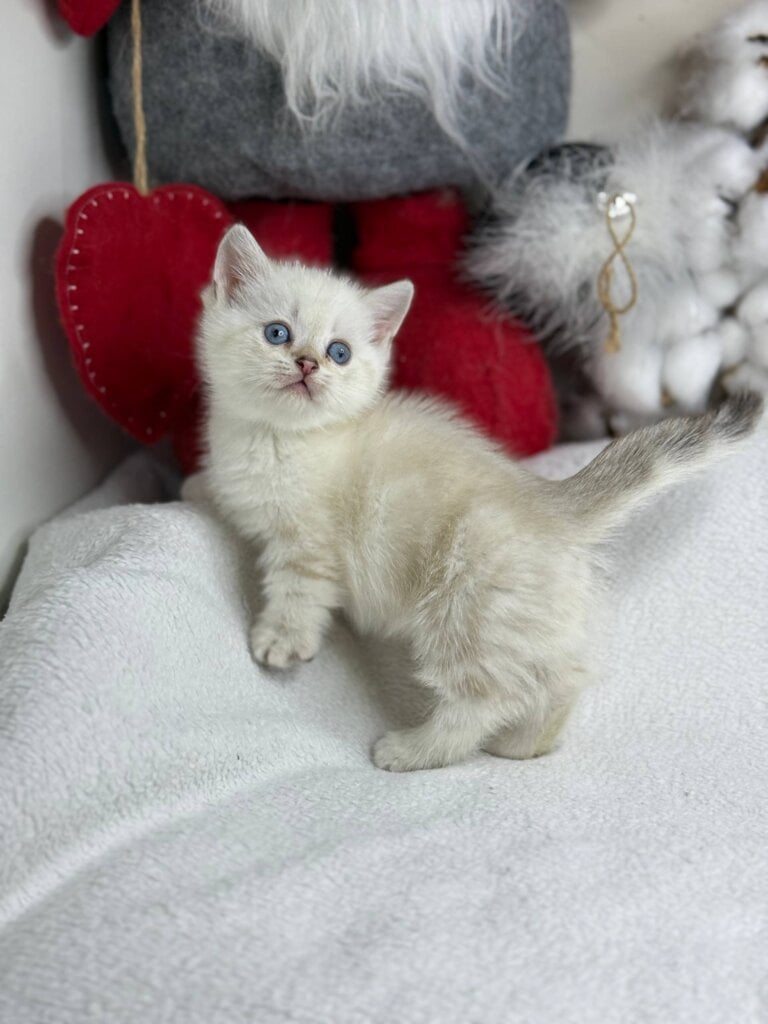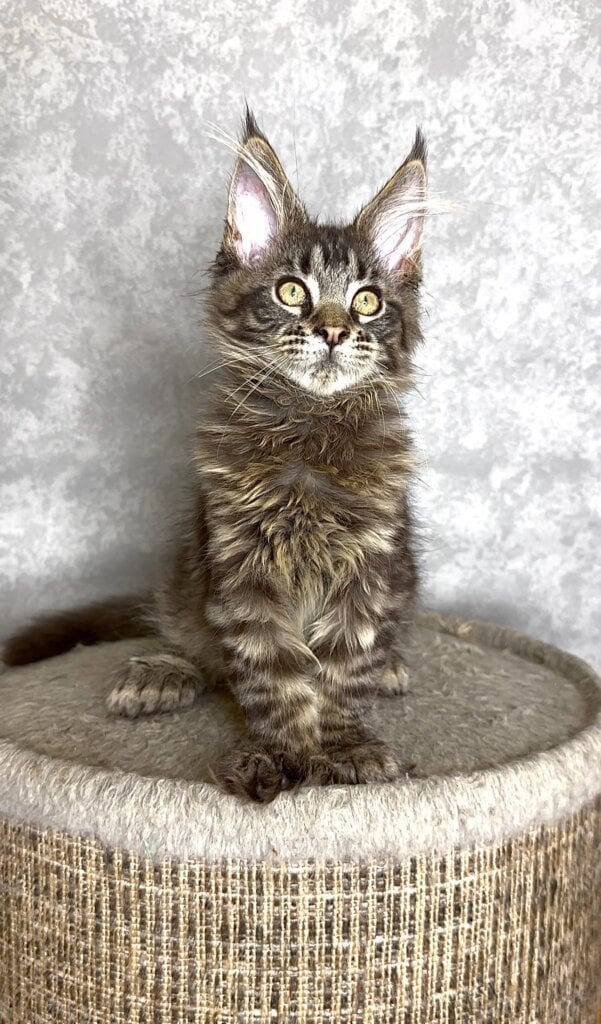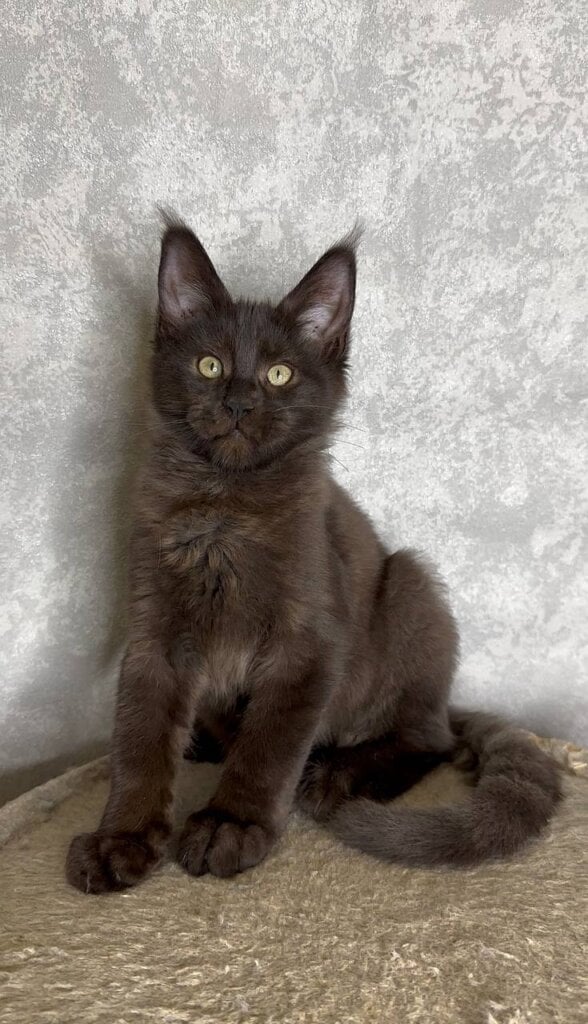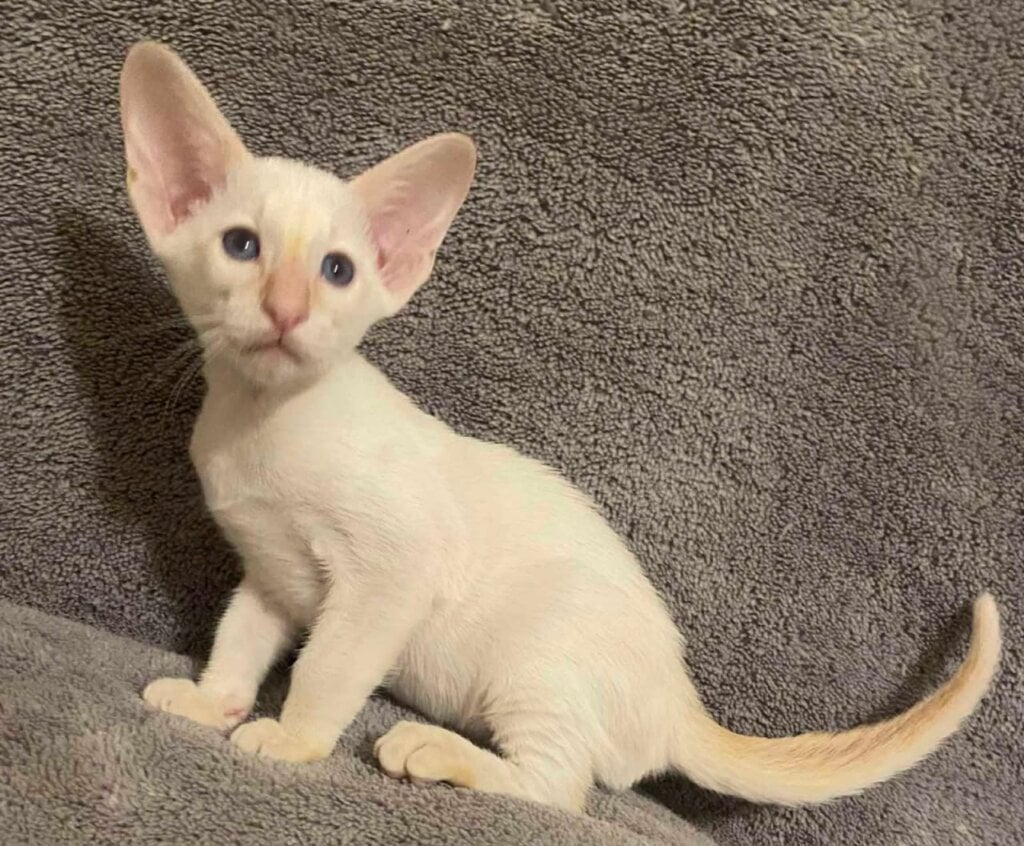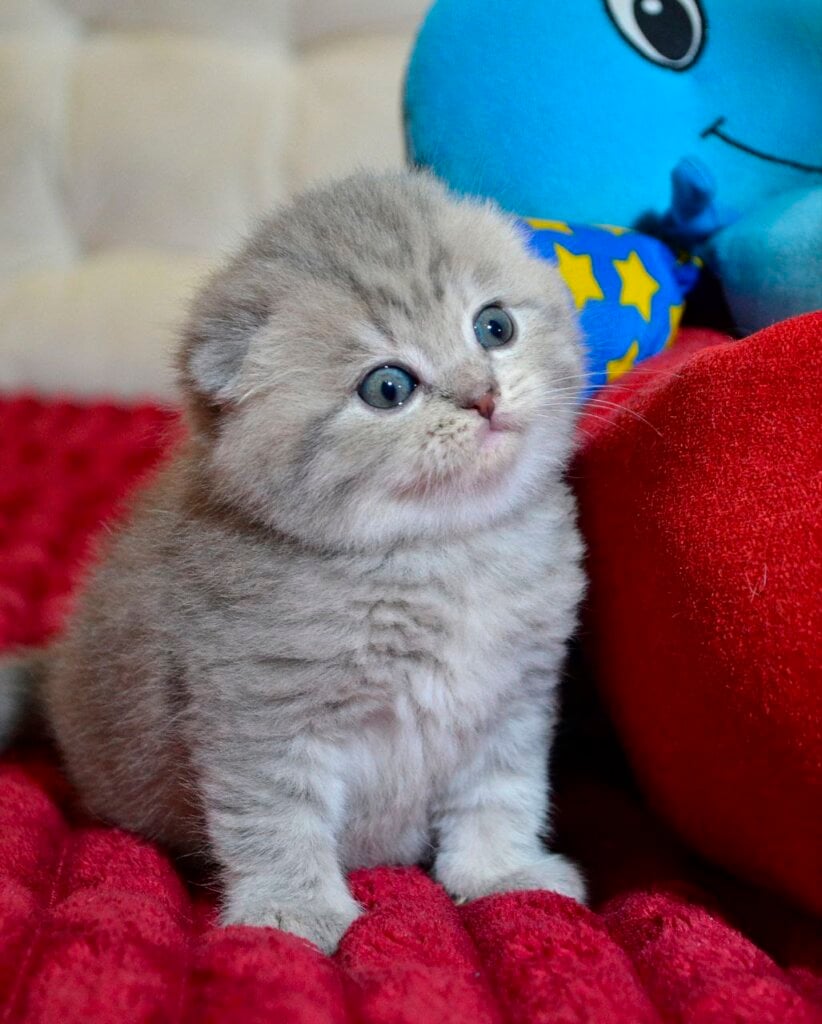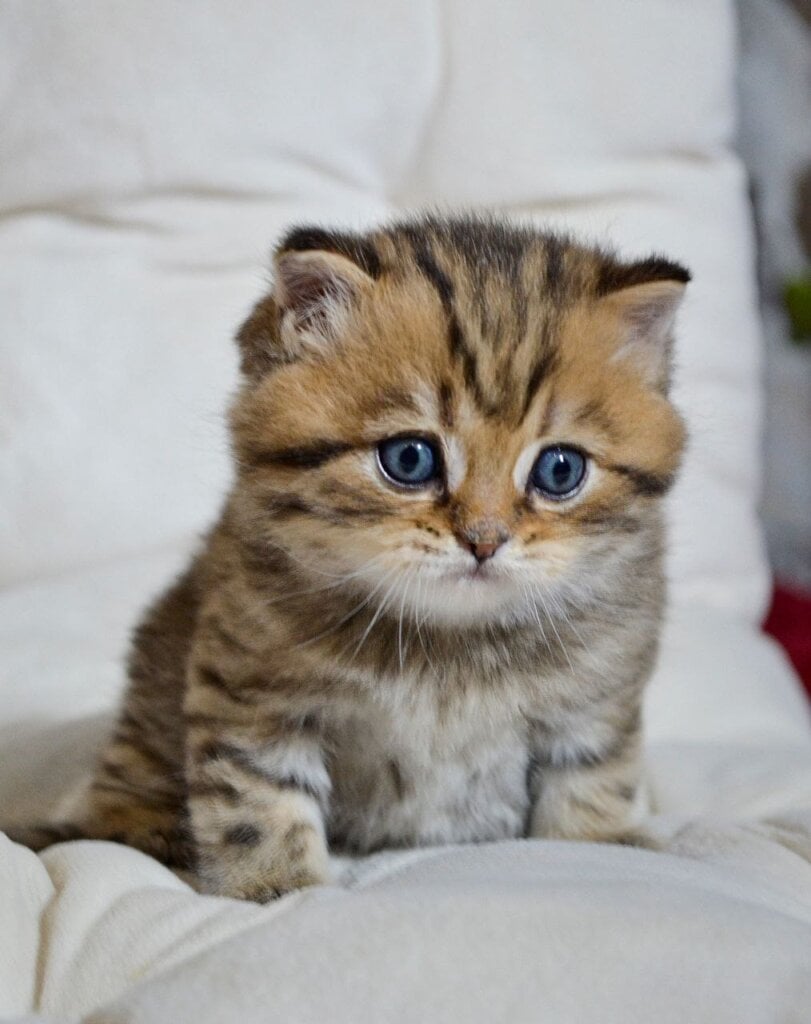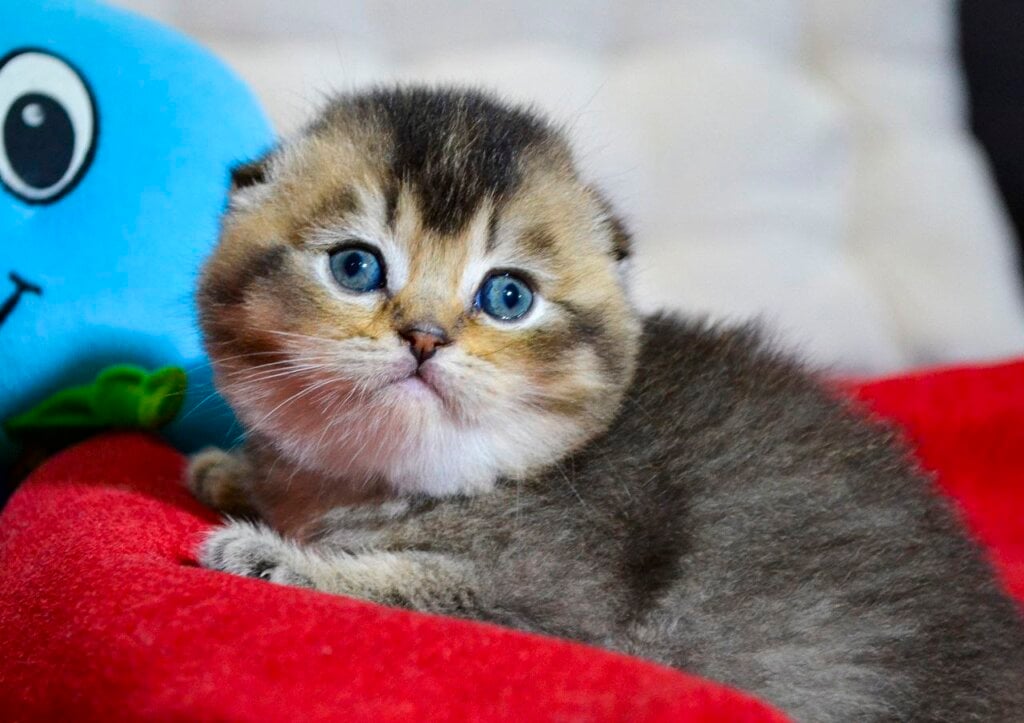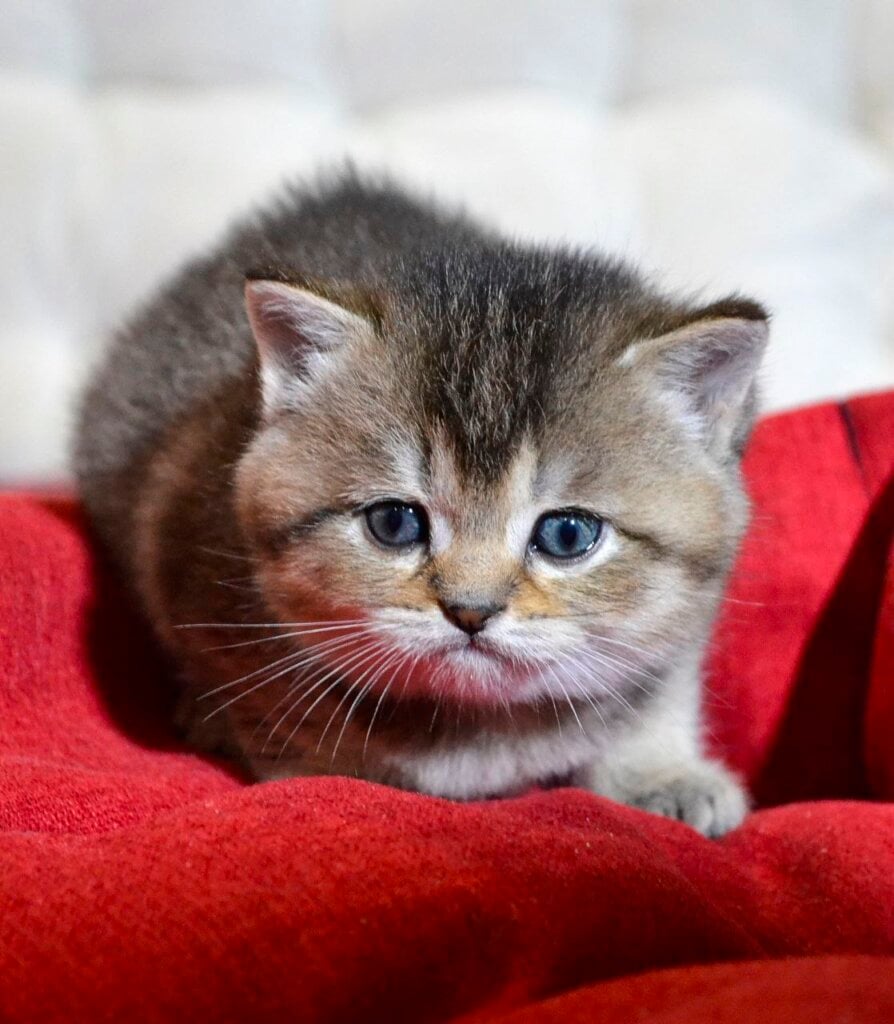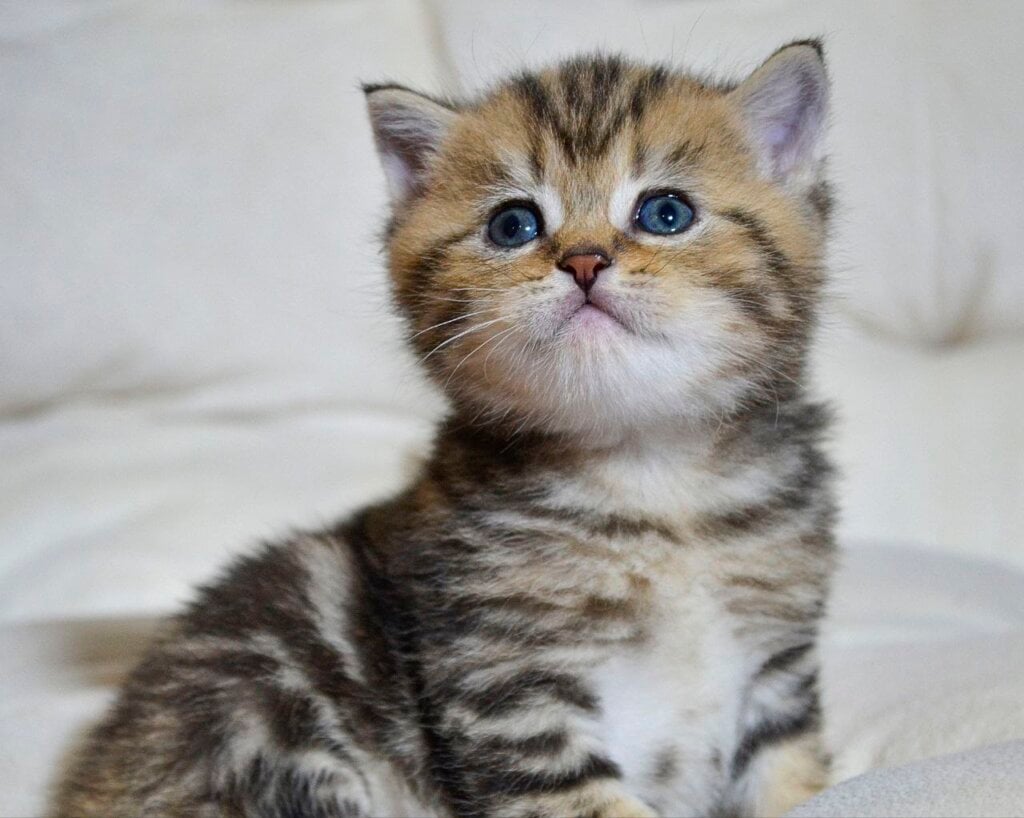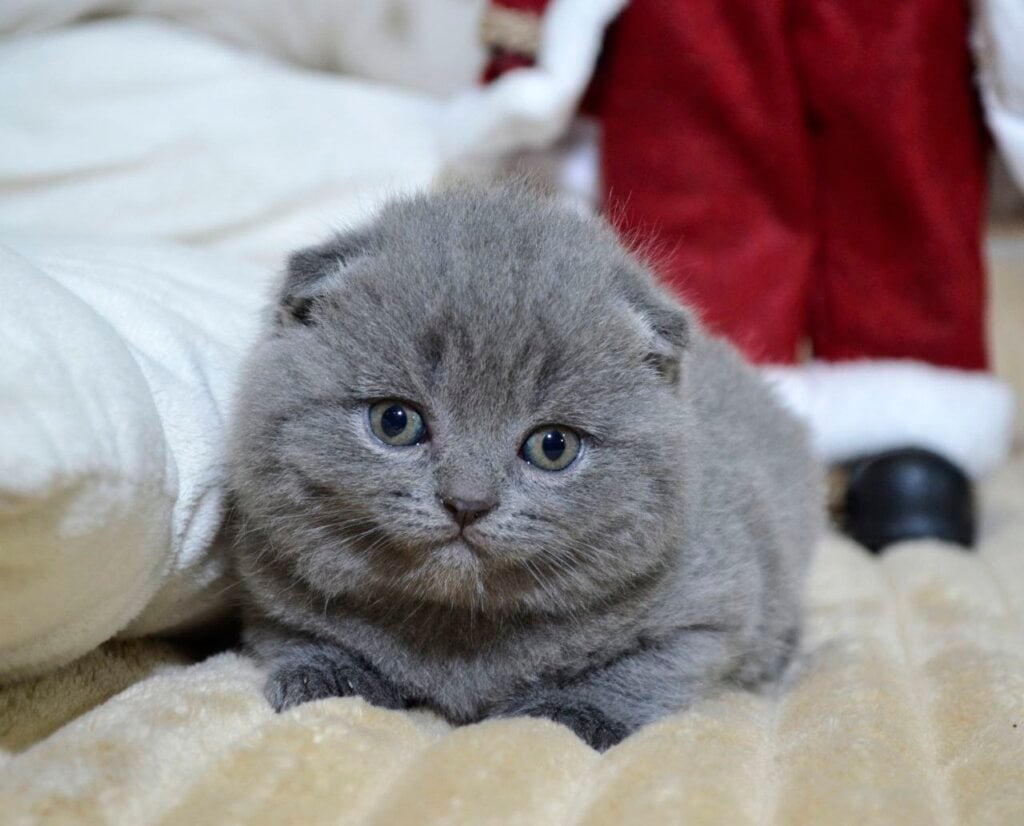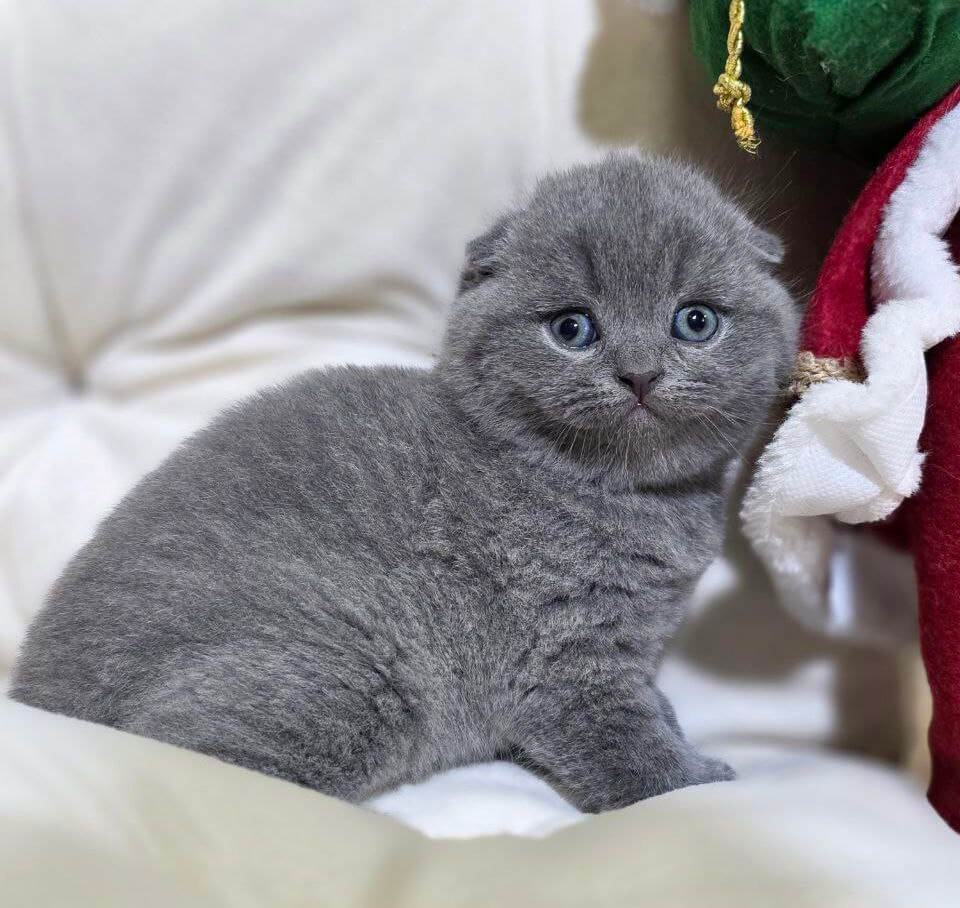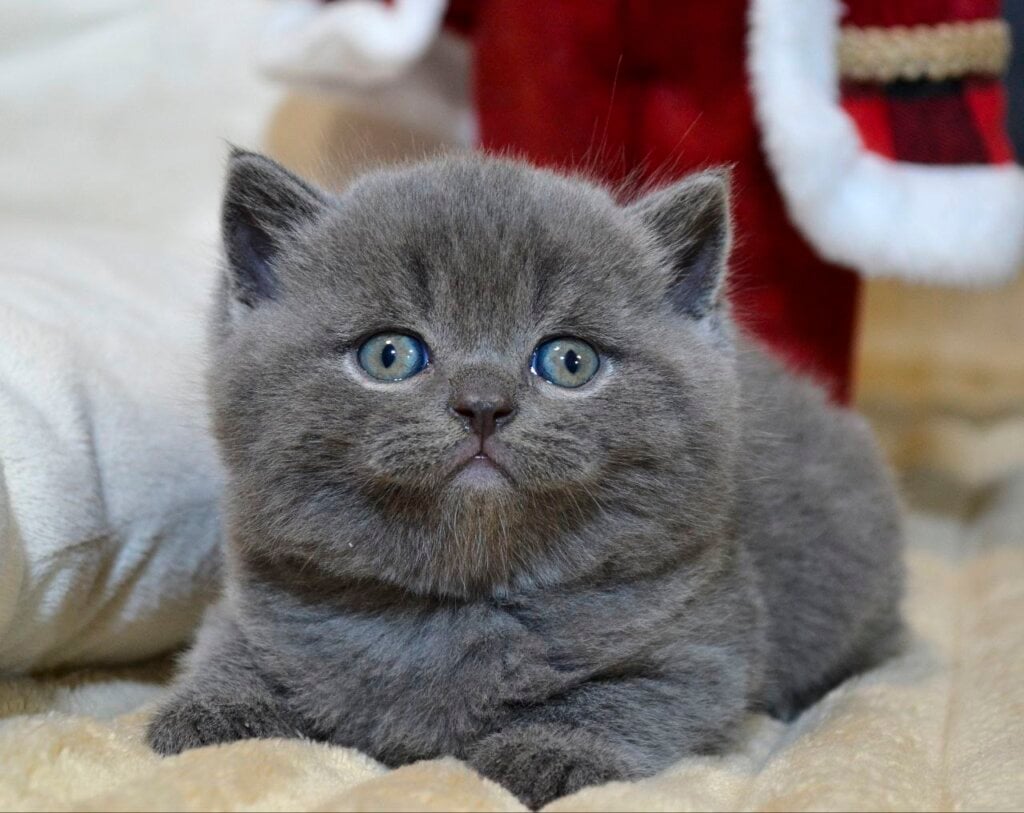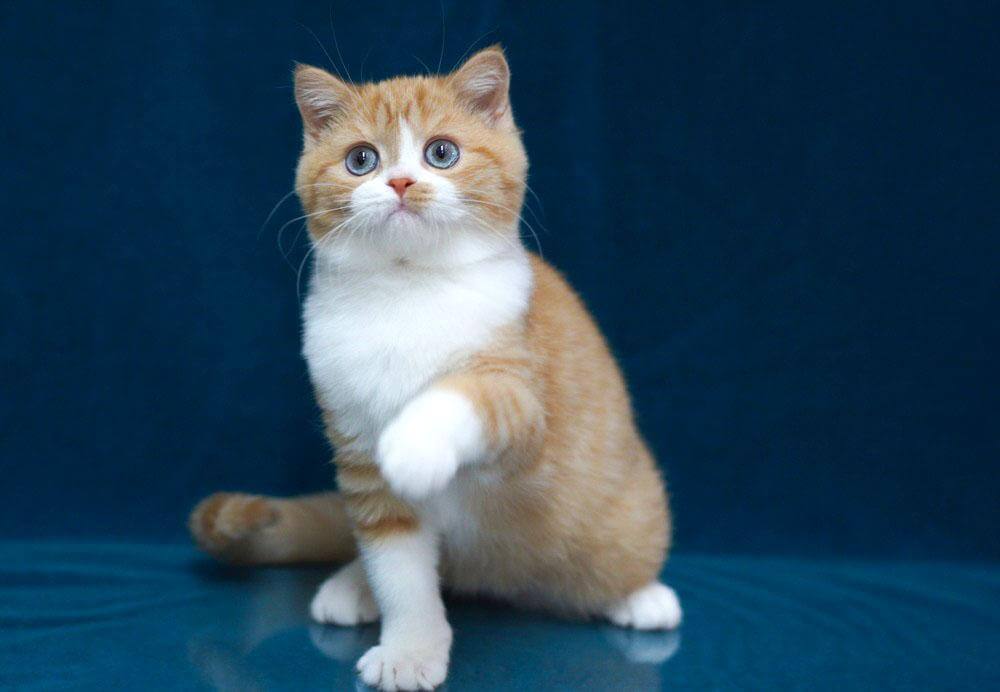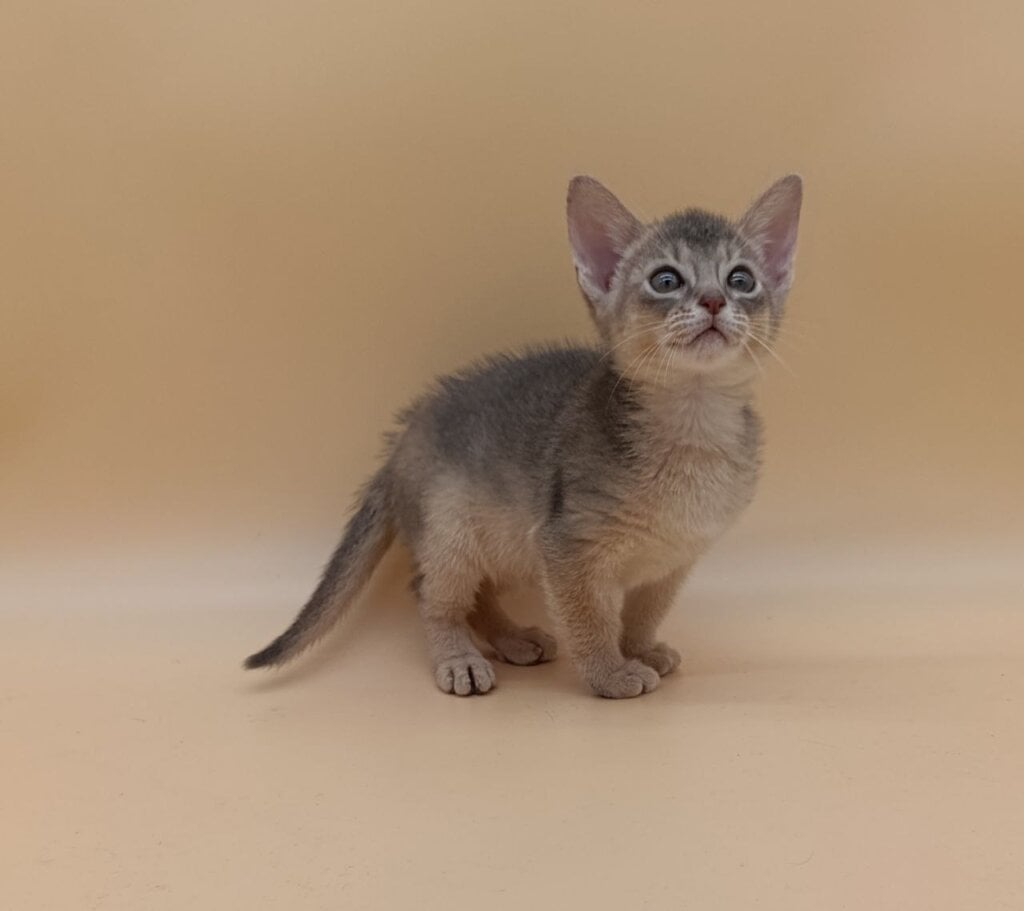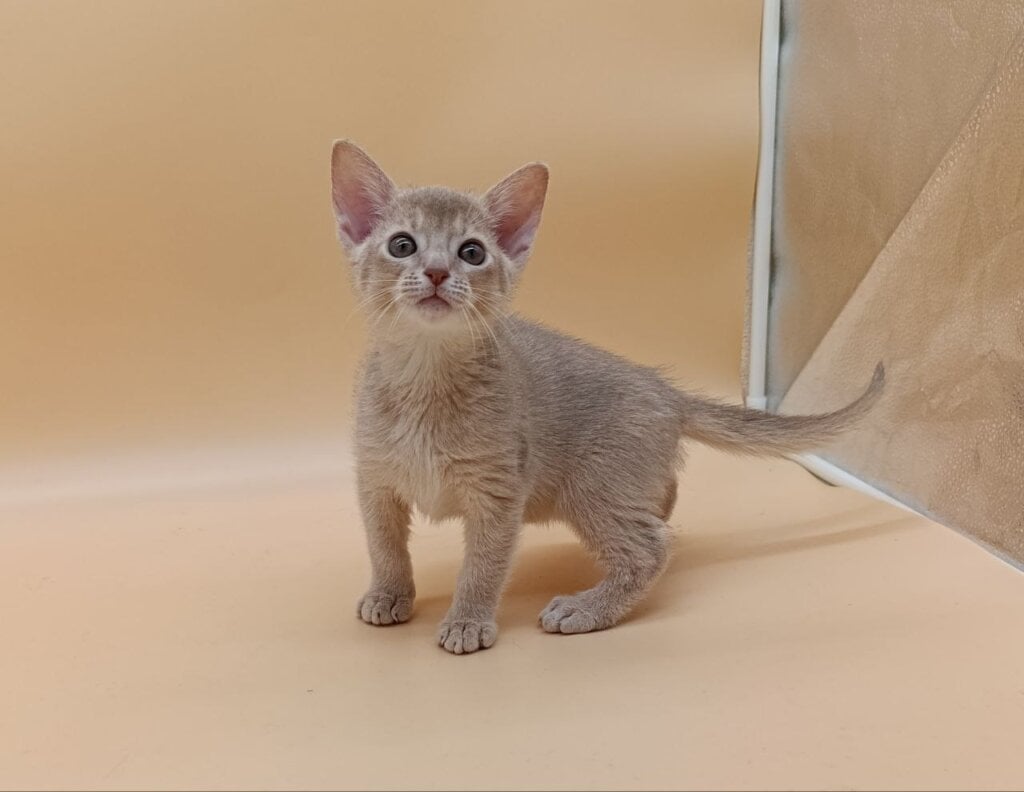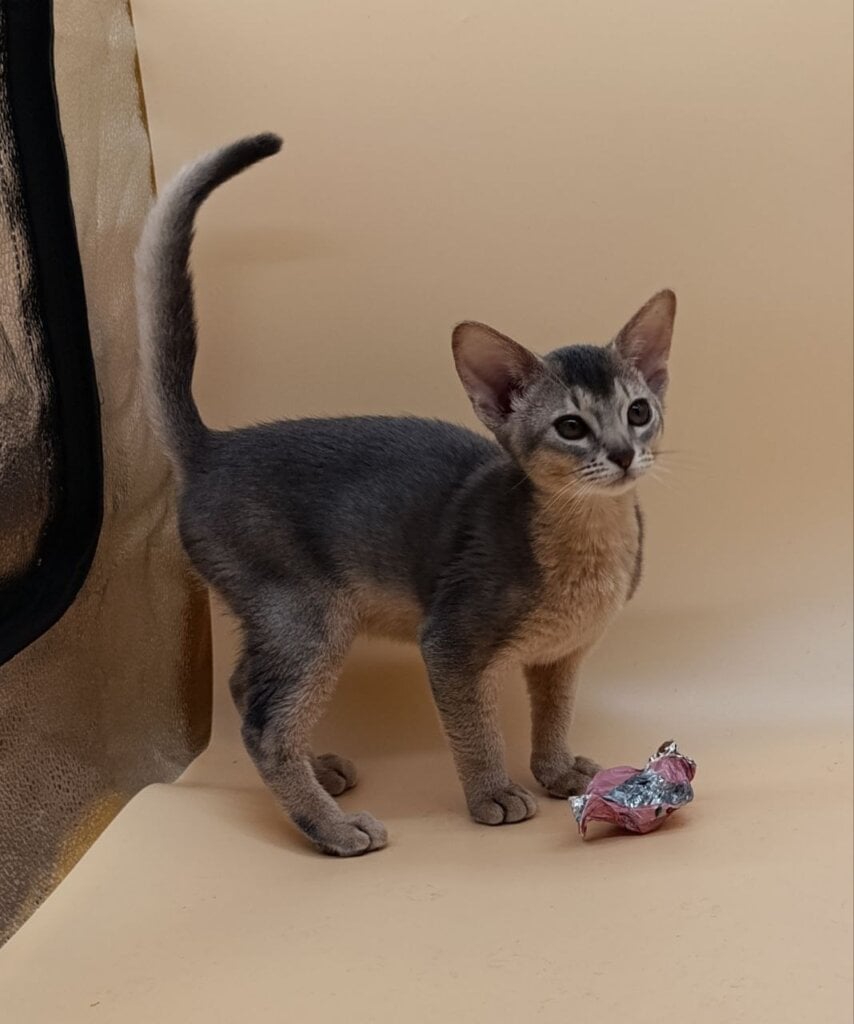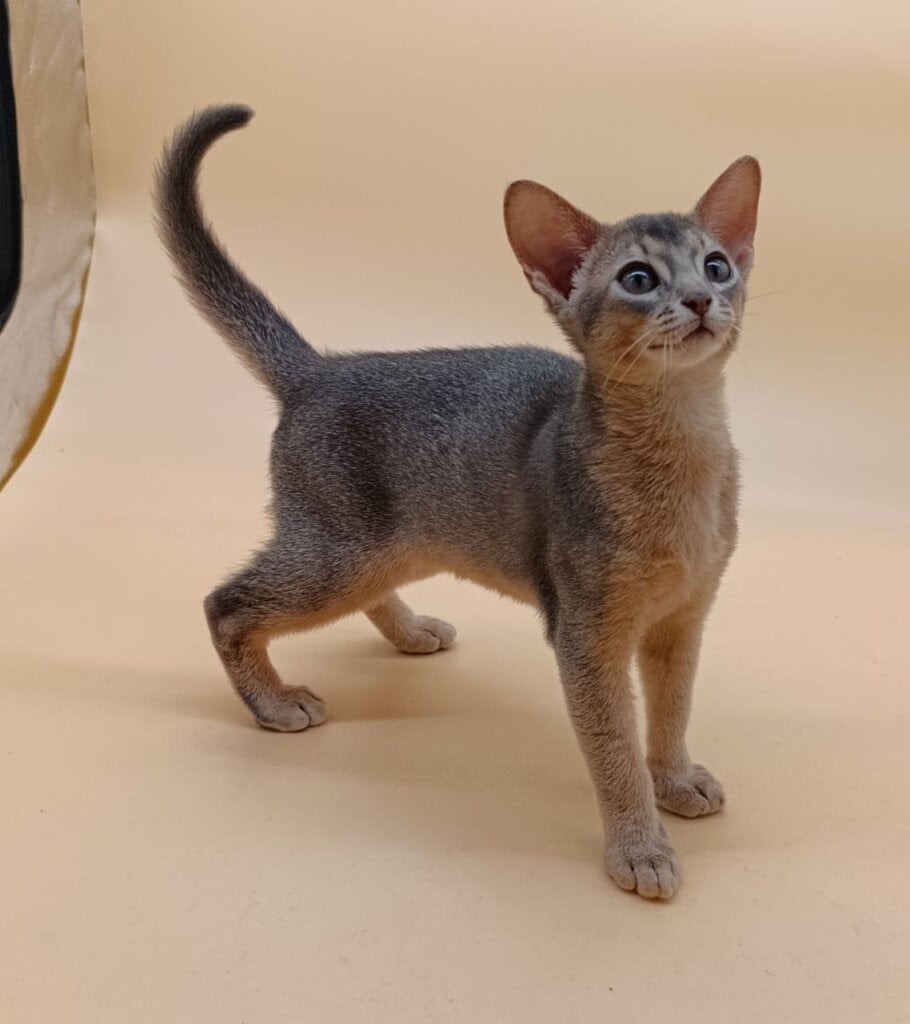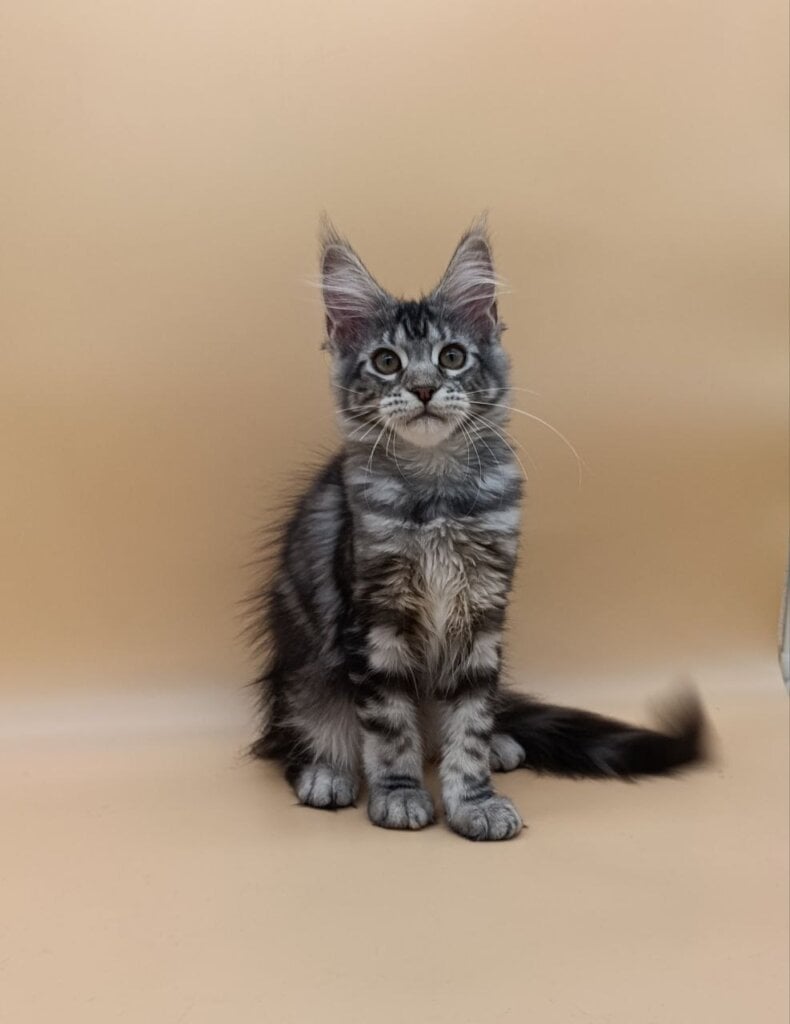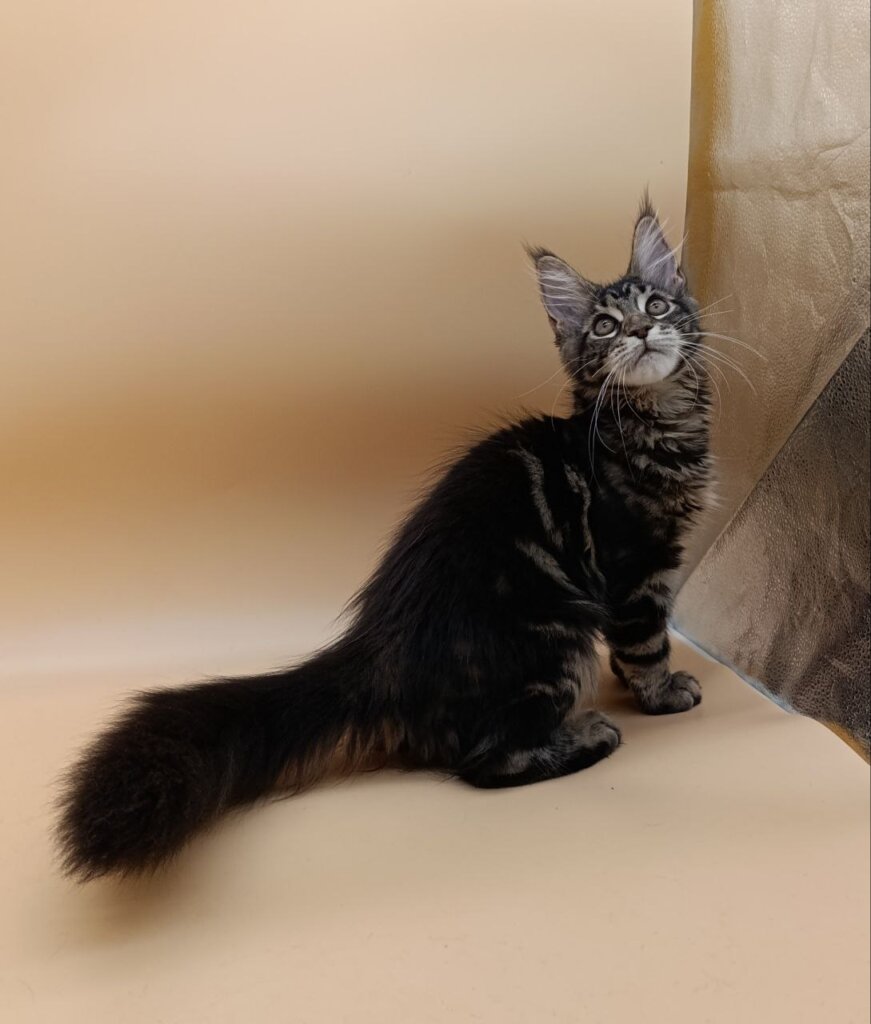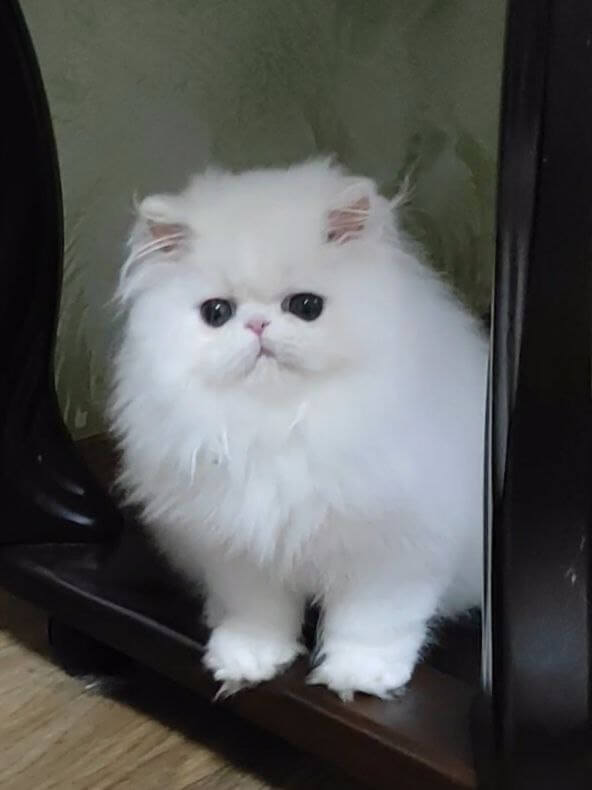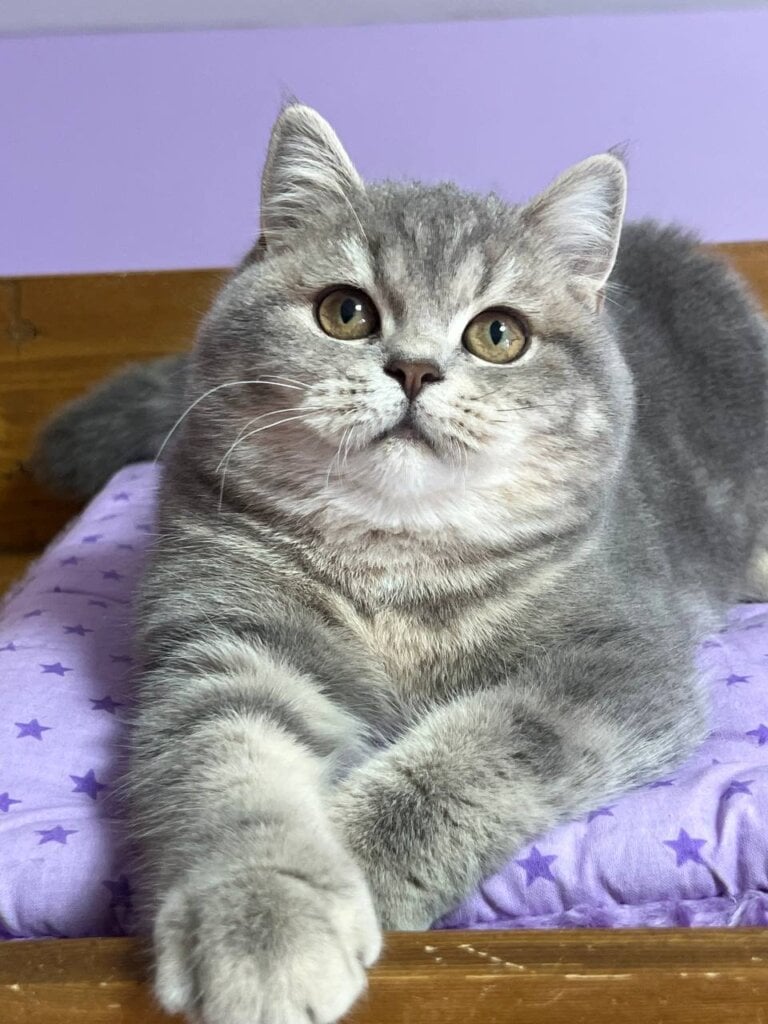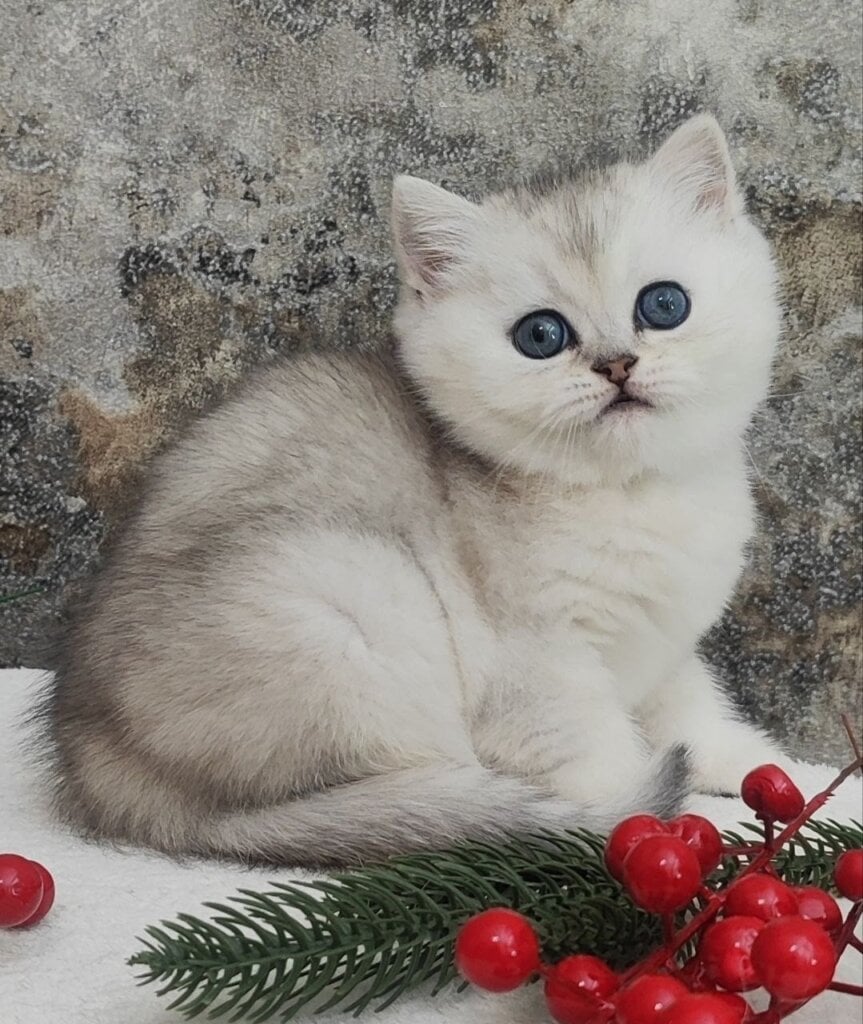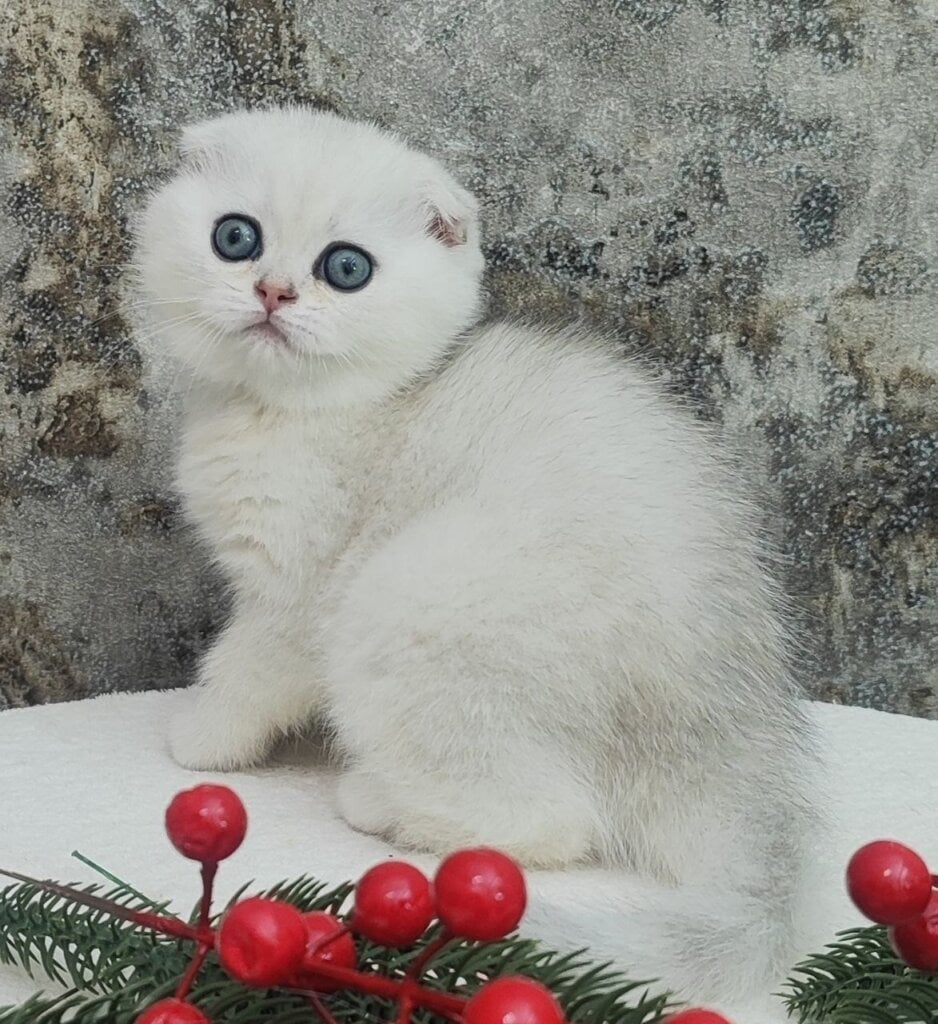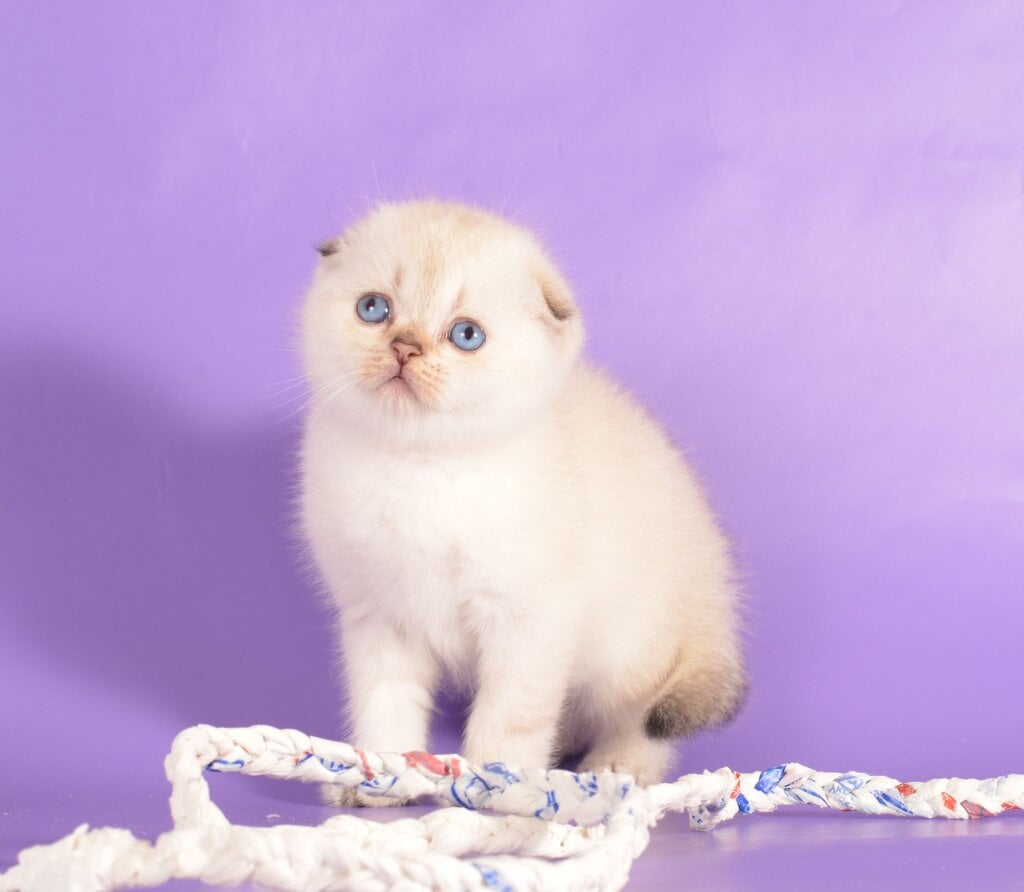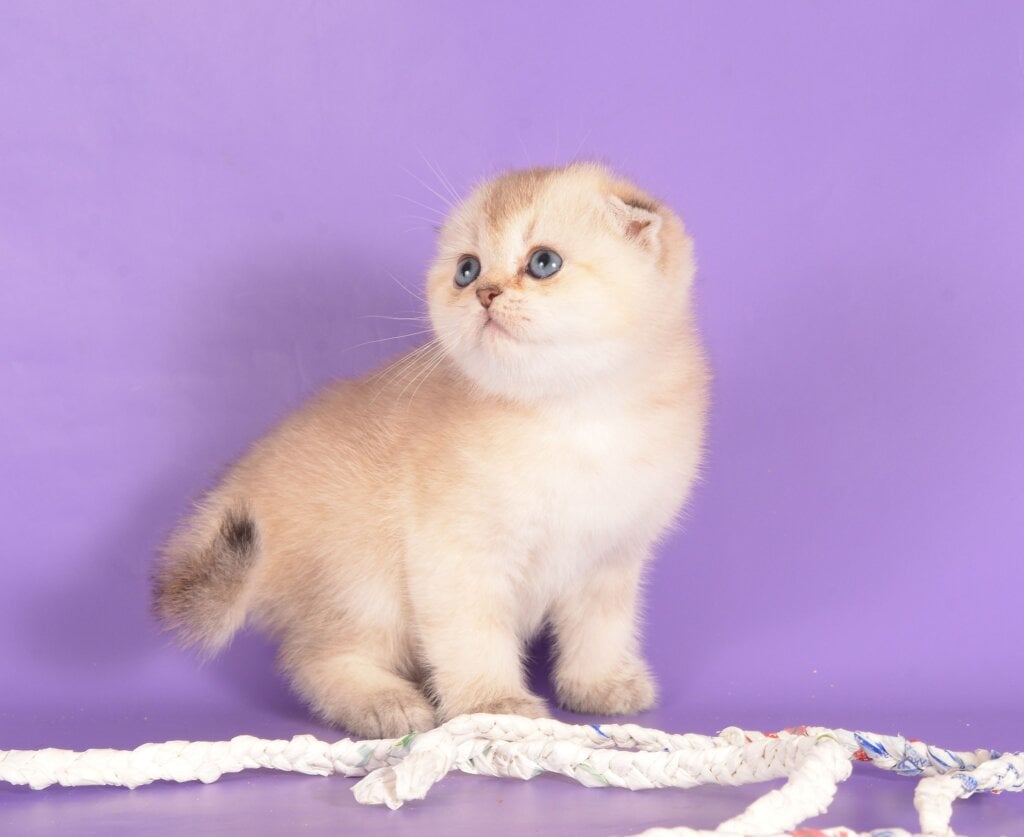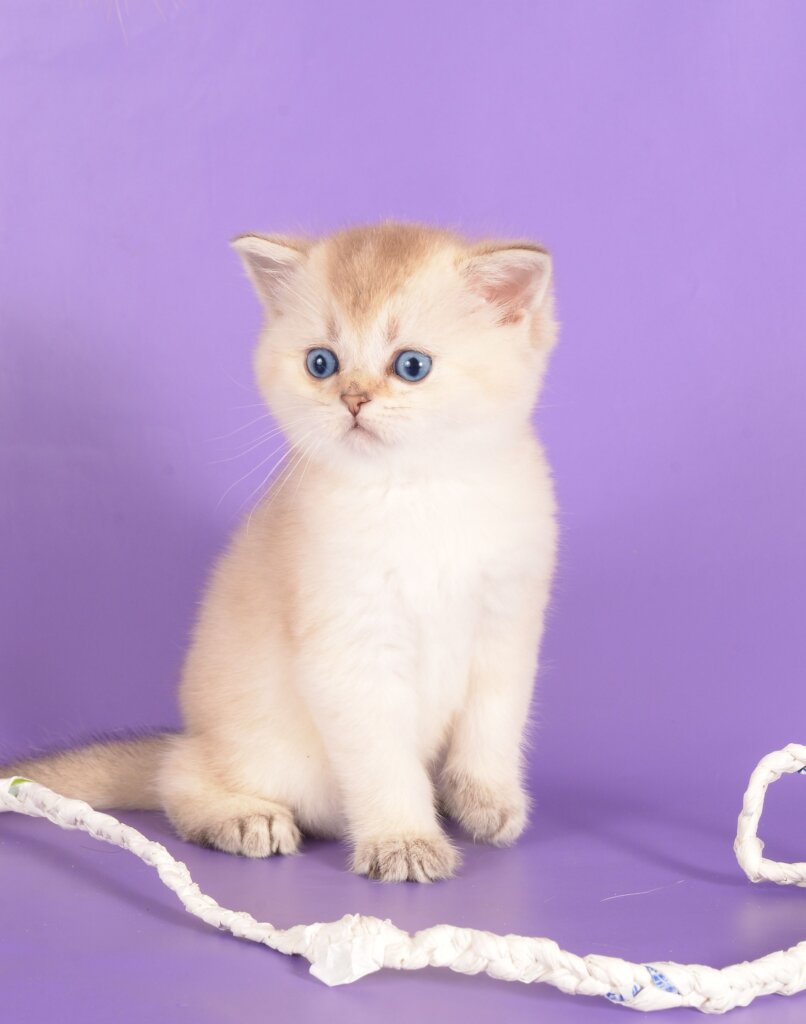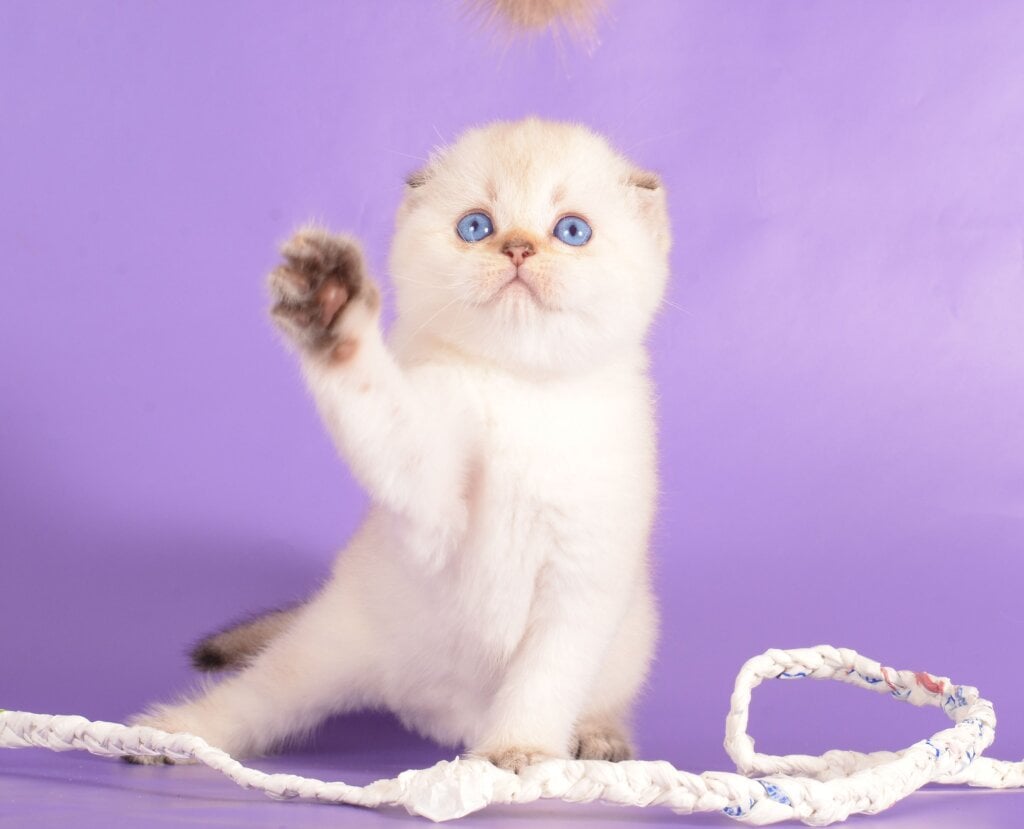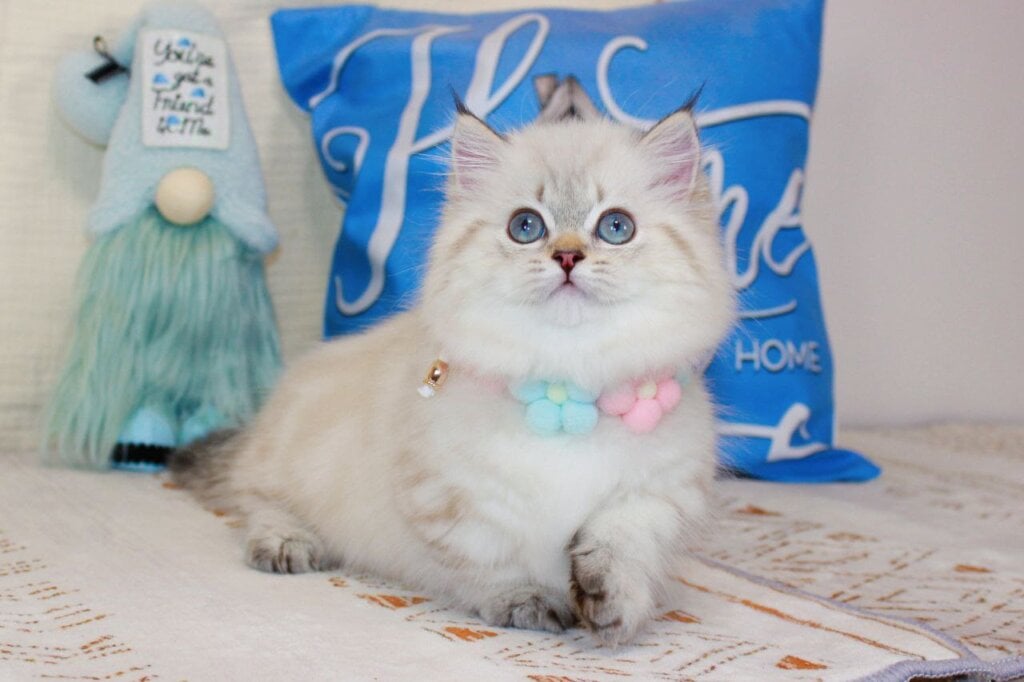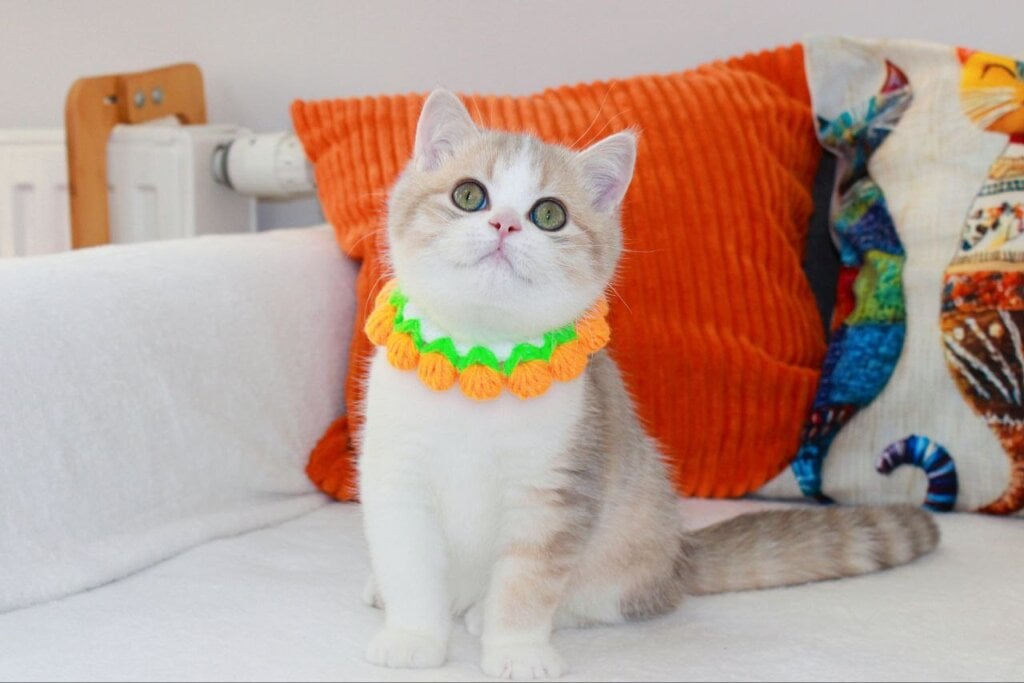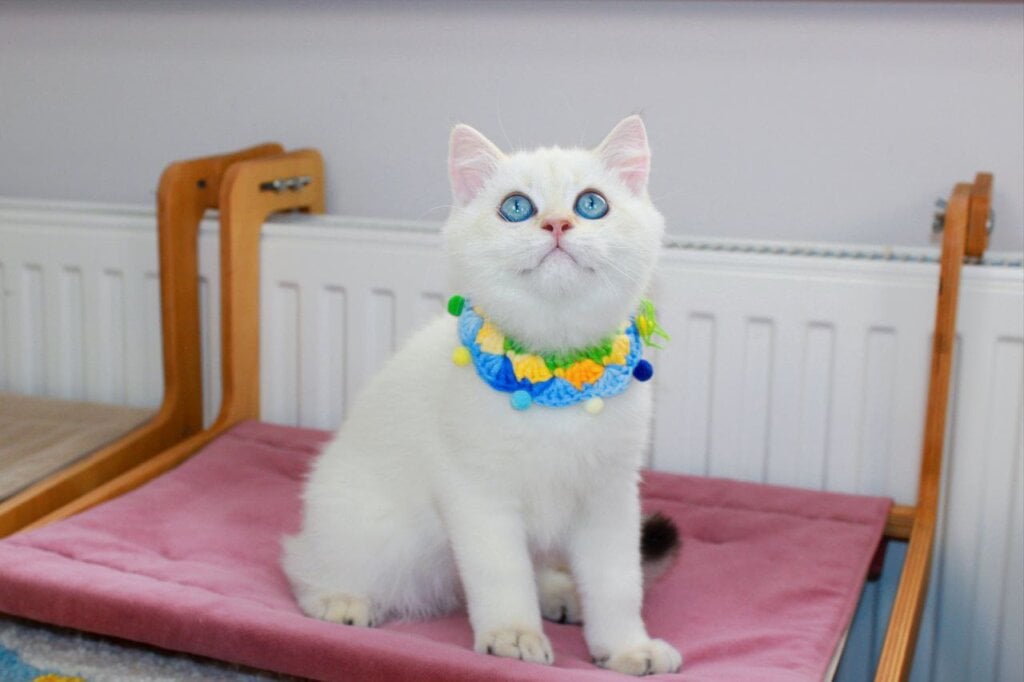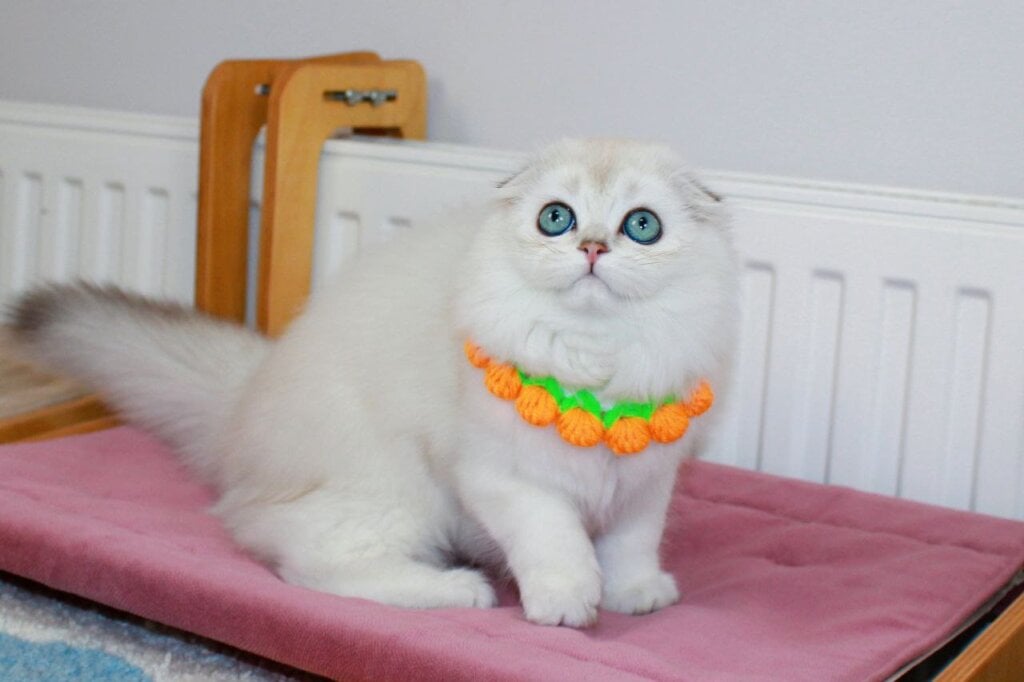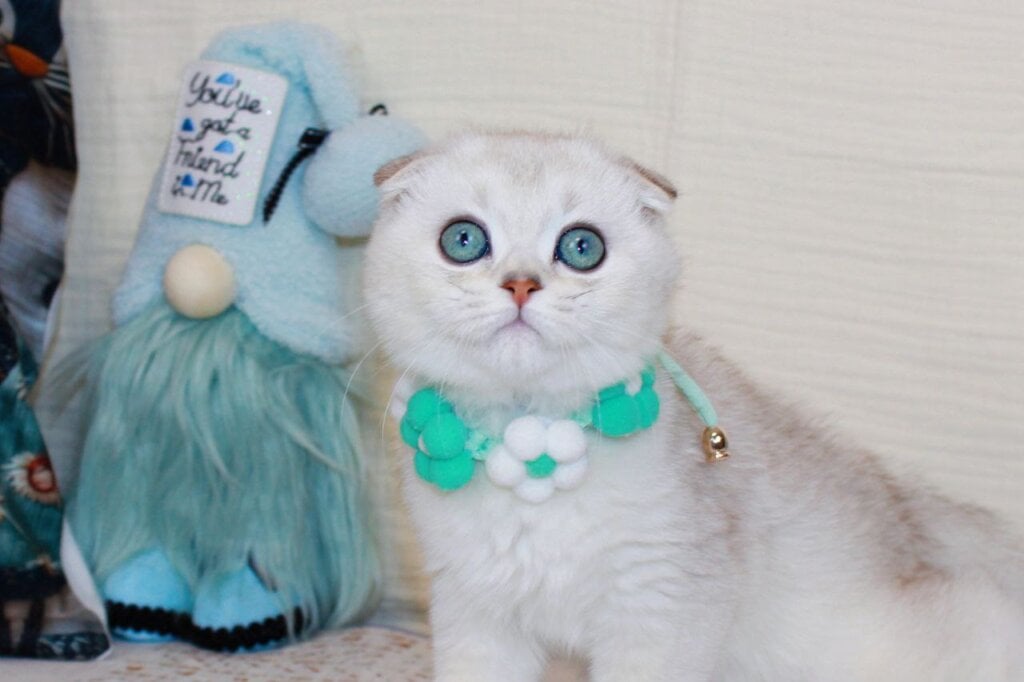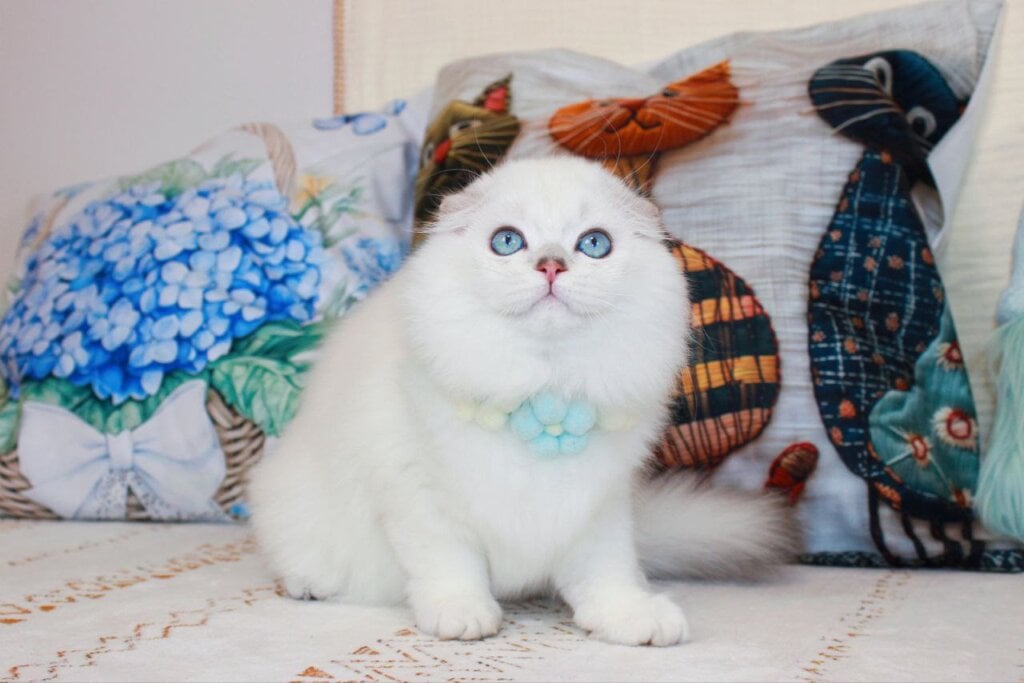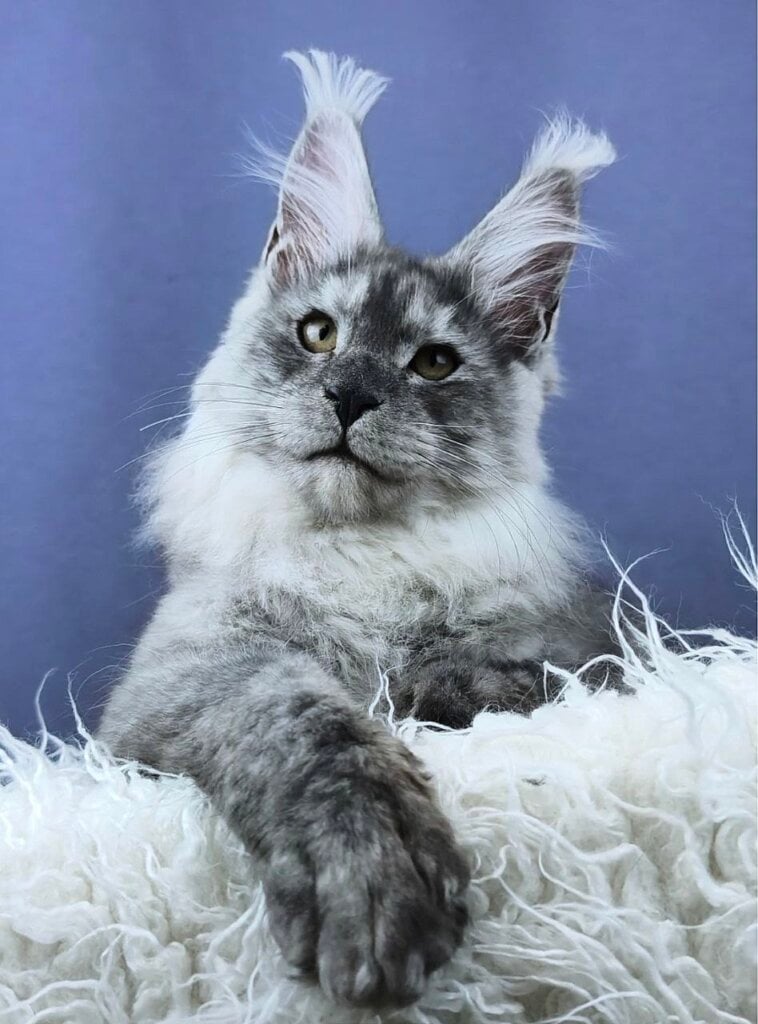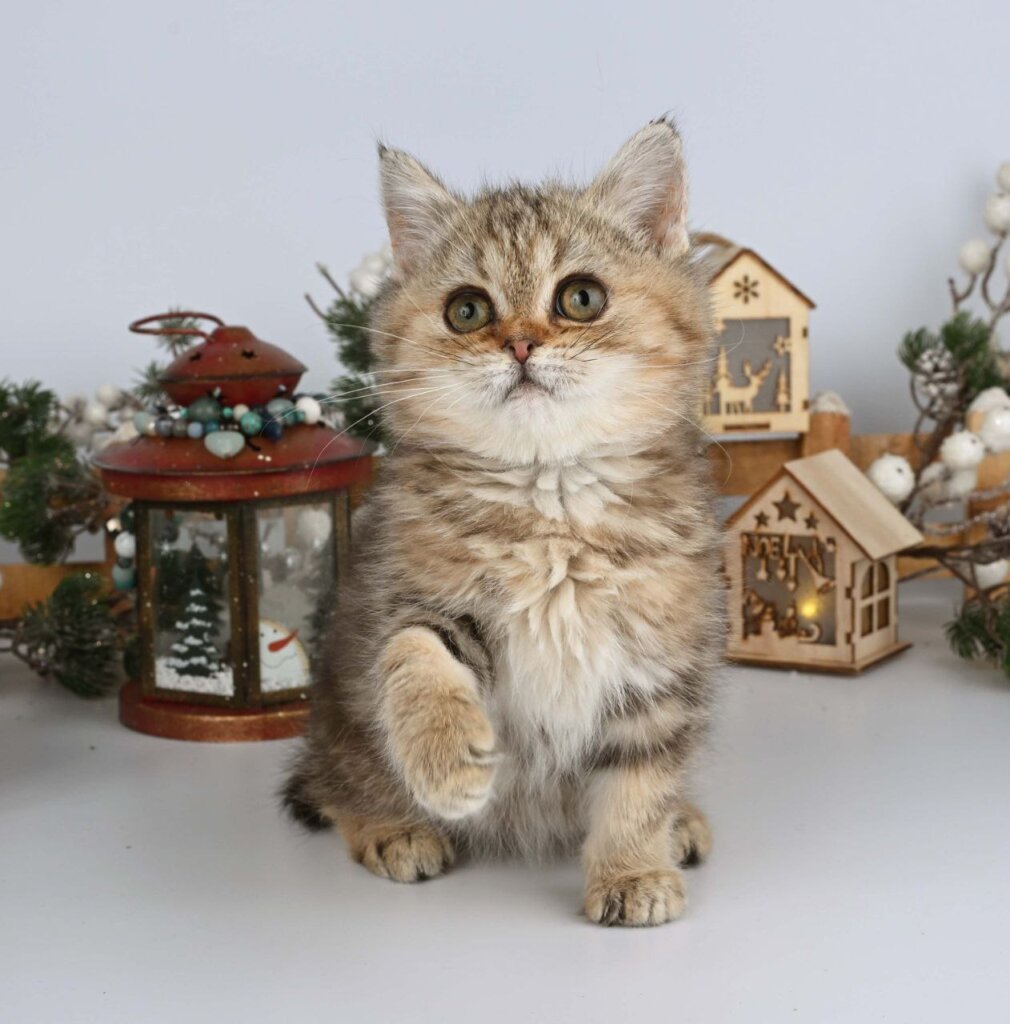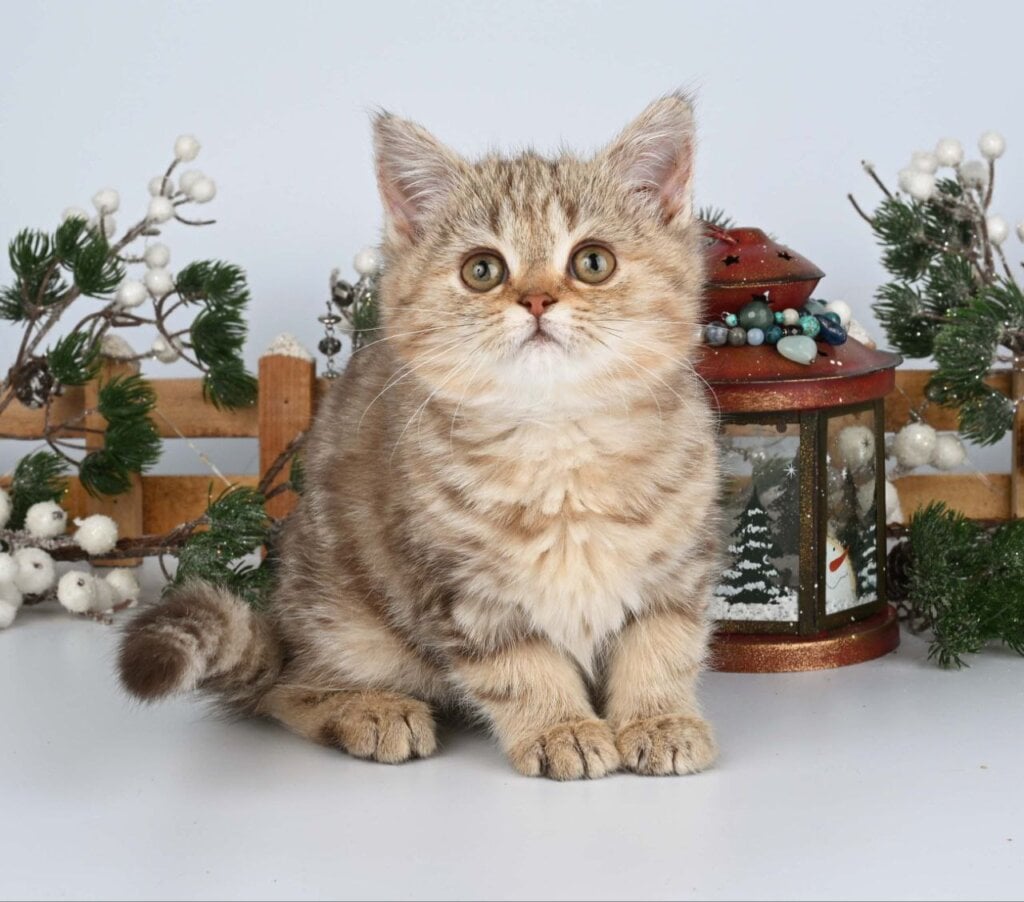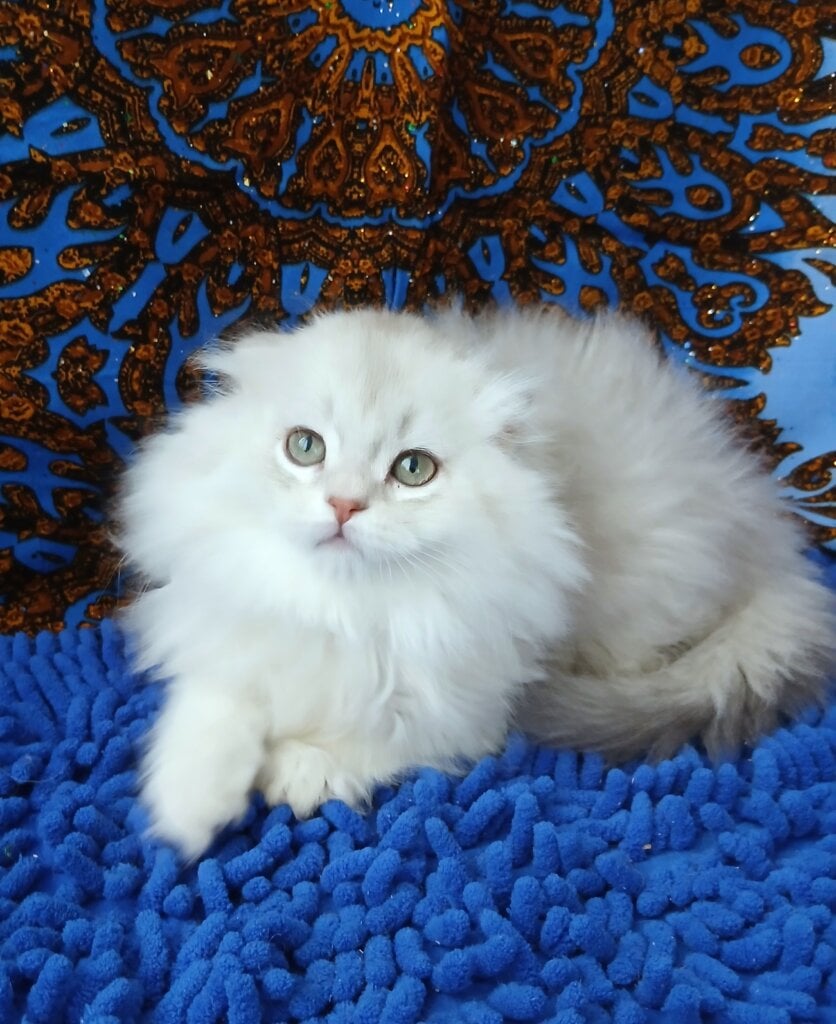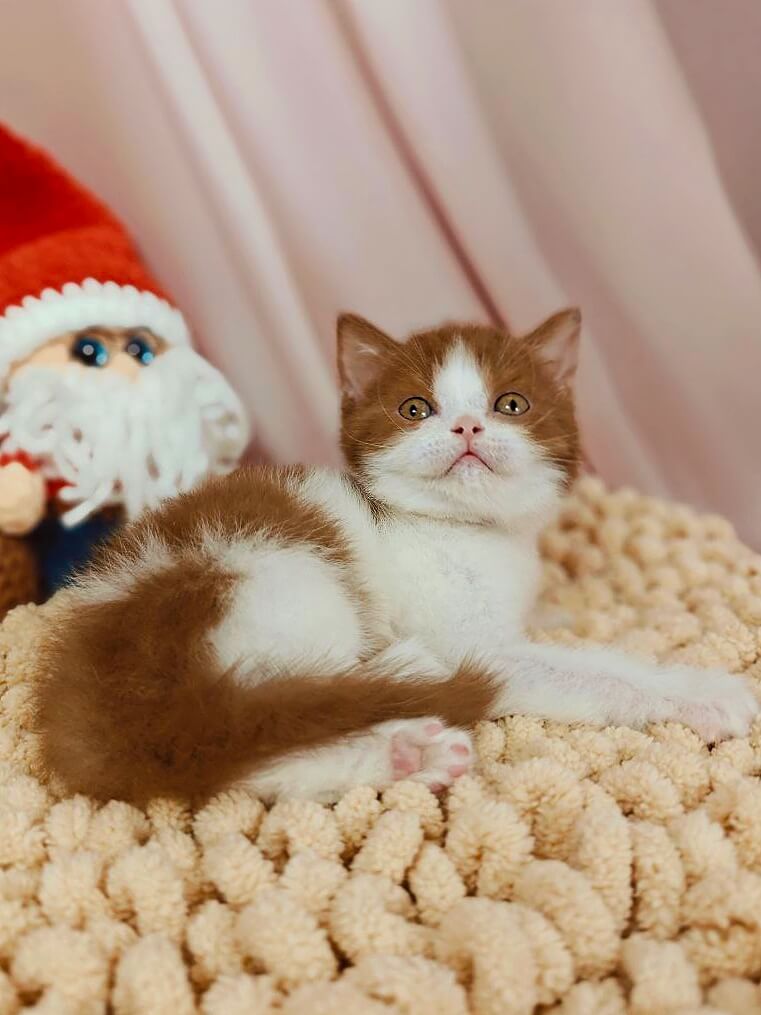Do Maine Coons Shed?
In reality, Maine Coon cats shed just like any other cat, and shedding is a natural occurrence in their life. Shedding is a natural part of a cat’s renewal process that allows them to shed old, damaged fur and free up nutrients for new growth. This is not exclusive to Maine Coons, as all cat breeds such as British Shorthairs, Persians, and the like shed too.
Maine Coons are known for their beautiful long coats. Unfortunately, this impressive coat comes with the downside of them being quite heavy shedders. Shedding cycles in Maine Coons also depend on other factors. Keep in mind, every cat will go through these cycles differently.
Some indoor kitties could shed year-round, others will barely shed at all. This variation can be largely explained by varying home environments and climates. For example, changes in environment like spending time in hot and humid conditions will make these double-coated felines shed excessively.
Surprisingly, despite their coat being thick and long, Maine Coons actually shed quite a bit less than other breeds. This may be a shock considering their size and fur, but a consistent diet of high-quality wet food will help naturally decrease shedding over time.
An unhealthy diet typically makes your Maine Coon shed more than usual and have a dull, patchy coat texture. A healthy Maine Coon will shed less, but a sick cat can shed fur more quickly. It’s worth mentioning here that Maine Coons aren’t hypoallergenic, so their fur can still cause allergic reactions in sensitive people.
In rarer instances, a lackluster coat and excessive shedding may be symptoms of other conditions. Making sure their diet is high in protein and fat can help keep their coats healthy and reduce shedding. Grooming is another important factor in shedding control and coat health, in general.

Shedding Patterns of Maine Coons
Seasonal Shedding Explained
Maine Coons have very thick double-layered coats that naturally shed a lot more in sunny warmer months. To cope with increasing temperatures, the cat’s body is instinctively adapting. This change causes them to shed more as the cat sheds its denser winter coat.
Daylight hours and temperature swings are important, too, letting your cat know it’s time to shed. Coats can greatly differ between Maine Coons and if your Maine Coon has a denser coat he will shed more evidently. Regular grooming during these shedding seasons is key to managing loose hair and maintaining the health of your cat’s coat.
Year-Round Shedding Insights
Over the course of a year, Maine Coons will usually shed in the same consistent pattern. Indoors, this natural pattern can be thrown off, especially by things such as heating, which could cause even more shedding in the winter.
With a little extra brushing, a well-kept coat can help control this shedding year-round, preventing boatloads from appearing in half the house. Some Maine Coons shed year-round due to their double coat. Therefore, grooming turns into a full-time job, year-round.
Identifying Shedding Triggers
Stressors like adjusting to a new environment, including relocating or introducing new animals can impact shedding. Health issues, including allergies or skin conditions, can also play a role. Additionally, dietary problems can affect coat quality.
Environmental stressors can cause off-season shedding, and diet is key in both preventing and helping the stresses show through a healthy coat. By addressing these triggers, you can prevent excessive shedding and keep your Maine Coon comfortable.
Understanding Shedding Cycles
Maine Coons go through natural shedding cycles where hair grows, rests, and falls out naturally. Hormonal changes can affect these cycles, so pay close attention to their shedding patterns for signs of abnormal cycles.
Knowing what these cycles are means you can catch any emerging health problems early and keep your pet feeling their best.
Seasonal Shedding Table
| Season | Shedding Frequency |
|---|---|
| Winter | Moderate |
| Spring | High |
| Summer | Very High |
| Fall | Moderate |
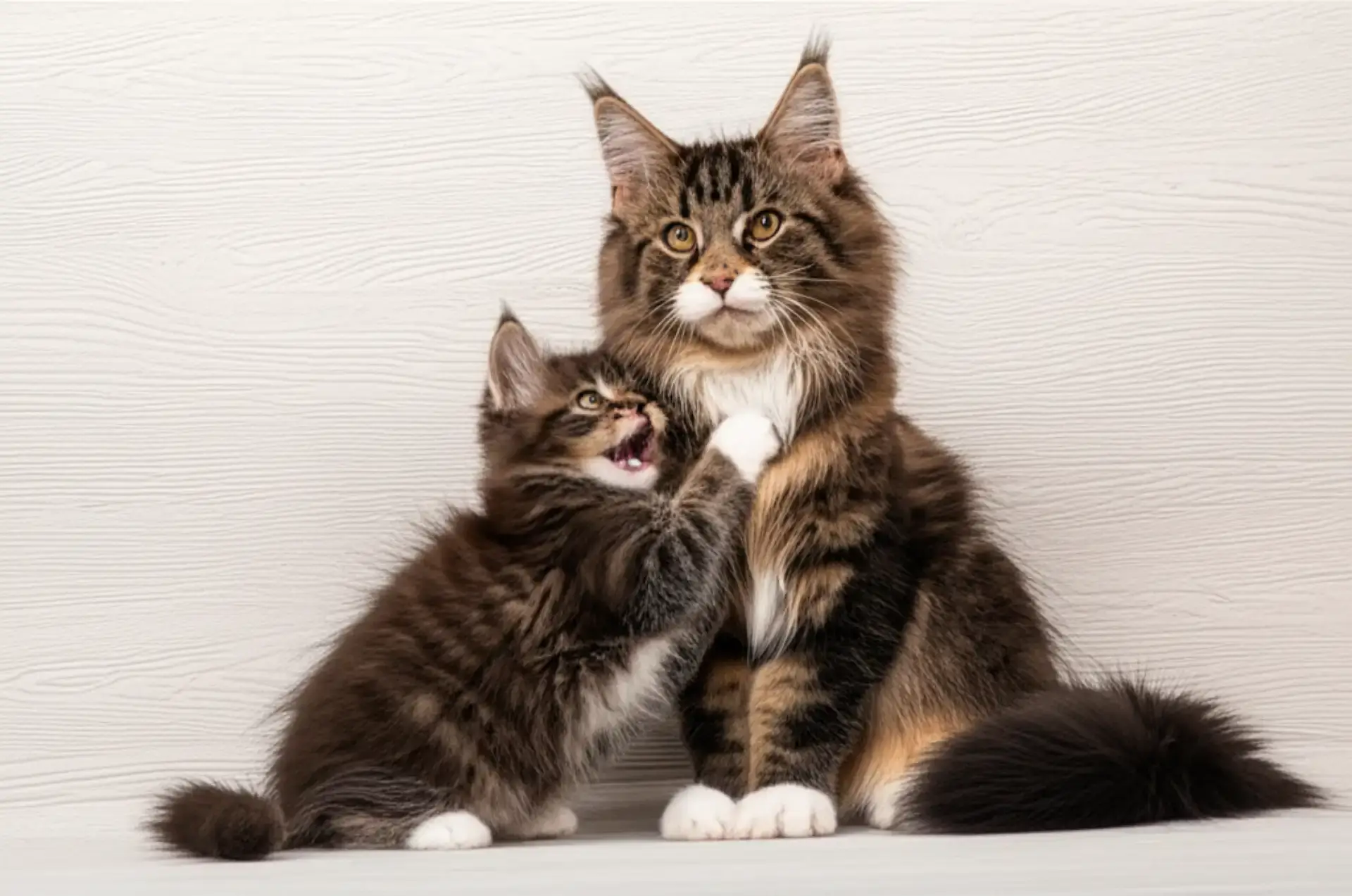
Factors Influencing Shedding
By identifying the factors that cause shedding in Maine Coon cats, owners can take steps to minimize shedding and keep their cat’s coat healthy and beautiful. Shedding is impacted by many different factors, such as genetics, housing, environment, and nutrition.
Genetic and Inherited Traits
Maine Coons are famous for their luxurious, thick coats, which influence their shedding patterns. Their breed characteristic of having a dense, water-repellent fur contributes to their shedding tendency.
Inherited traits from parent cats have a big influence. If a Maine Coon’s parents shed a lot, there’s a good chance that the kittens will as well. Some Maine Coons have a denser or coarser coat, making shedding more of a problem.
Within this breed, there’s a richness of fur types and shedding traits, making each cat unique.
Environmental Impacts on Shedding
Environmental factors are surprisingly influential on shedding. Here are some key elements:
- Temperature: Exposure to heat causes more shedding.
- Humidity: High humidity levels can exacerbate shedding.
Indoor factors also cause more shedding from artificial lighting and regulated climates. Changing seasons play a role, too, with most Maine Coons shedding more during the spring and summer months.
A calm, predictable setting is very important. Stress can lead to off-season shedding, damaging coat health.
Health and Nutritional Considerations
This point is particularly relevant to our large, shaggy friends, the Maine Coons. Nutrients like omega-3 fatty acids, vitamins E and A, and proteins are all instrumental in producing a healthy, radiant coat.
They do a great job of minimizing incidental shedding. If Maine Coons eat subpar food, their coats will start to dull and fall out more, causing increased shedding.
Underlying health problems play a large role as well, leading to lackluster coats and flaky skin. Regular vet check-ups are important for keeping an eye on coat health and spotting any issues before they become serious.
Chronic shedding caused by improper hygiene, stress, and dietary factors must be treated to restore the coat’s luster.
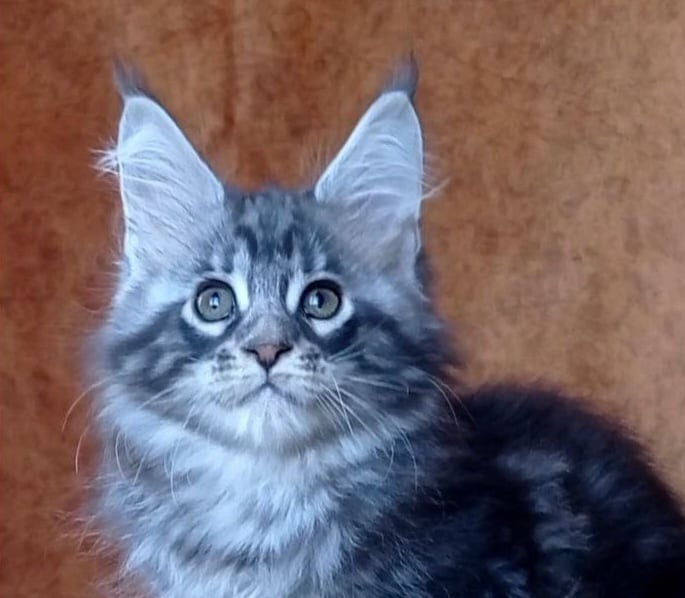
Managing and Reducing Shedding
Effective Grooming Techniques
Maine Coons have long, thick fur that needs regular grooming to control shedding and keep their coat healthy. Here are some recommended tools and techniques:
- Wide-tooth combs and slicker brushes are best for detangling. De-shedding tools allow you to remove loose undercoat hair. Fancy gloves Grooming gloves are great for sensitive areas.
- Brush at least every two to three days to eliminate the dead fur and skin. Regular brushing distributes oils, promoting a healthy, shiny coat. Pay special attention to the belly and underarm area, as these are common spots for matting.
- Tip #4 – Modify according to coat density and time of year, as shedding is most prominent in the spring and fall.
- Expert groomers will take special measures to ensure your dog’s coat is healthy and gorgeous with the appropriate tools and techniques.
Dietary Adjustments for Less Shedding
A nutritious diet plays a crucial role in reducing shedding:
- Add omega-3 and omega-6 fatty acids for a healthy, shiny coat. Provide a high-quality wet food consistently, as this can help to reduce shedding naturally over time.
- A high-quality diet can cut shedding volume by 30%.
- Look into supplements such as fish oil to promote a healthy coat.
- Provides your cat with all the right nutrients to help keep their coat healthy and minimize excess shedding.
Environmental Modifications for Shedding Control
Creating a shedding-friendly environment can help manage Maine Coon fur:
- Consider using air purifiers to help filter allergens. Ensure rest areas are clean and comfortable.
- Comfortable Resting Areas: Create warm, pleasant surfaces to minimize shedding.
- You’ll want to keep lint rollers and vacuums on hand to help keep your home fur-free.
- Controlling shedding and reducing allergens in the home ⏤ a team effort to create a healthy home environment.
Stress and Shedding in Maine Coons
Stress is a major factor as to why Maine Coons shed so much. When a cat is under stress, she will shed more hair. Maine Coons are not only famous for their larger than life personality and size. This increased activity can leave them more vulnerable to shedding from stress.
Chronic shedding has been the subject of rigorous scientific inquiry by a team of Vets, specializing in Maine Coons. They frequently attribute this problem to stress and other underlying factors. Approximately 60% of owners notice their Maine Coons shed more during times of stress. This highlights the importance of knowing about and mitigating these sources of stress.
Some common stressors for Maine Coons might be loud noises, disruptions of their routine, or travel to unknown places. These can both contribute to higher levels of anxiety and thus more shedding. To reduce shedding due to stress, providing a peaceful and consistent atmosphere is essential.
A healthy diet, regular exercise, and lots of attention and affection will go a long way towards keeping a calm environment. Social interaction and play are key aspects of decreasing stress. Play with your Maine Coon with interactive toys. By spending more quality time together, your cat becomes less anxious. Anxiety can contribute to excess shedding.
Recognizing Stress Indicators
- Unusual hiding
- Over-grooming
- Decreased appetite
- Increased vocalization
- Restlessness
Other behavioral changes like hiding or over-grooming go hand-in-hand with stress in Maine Coons. Physically, stress can show up in symptoms such as excessive shedding or loss of appetite. Being aware of these signs is important to identify stress as soon as possible.
By learning to identify these signs, you can intervene quickly to keep your Maine Coon healthy and happy.
Mitigating Stress to Reduce Shedding
Providing safe spaces such as a quiet room or a comfy hideout spot can help their anxiety. Interactive toys, like puzzle feeders or feather wands, provide a fun way to get some mental exercise, providing an outlet for excess energy and stress.
In addition, keeping a routine – feeding and playing at the same times each day – fosters a calm environment. This reliability goes a long way in minimizing stress and its effect on shedding.
By identifying and addressing the underlying causes of stress, not only can shedding be controlled, but it enhances the overall health and happiness of your Maine Coon.
Myths About Maine Coon Shedding
Myth #5 Maine Coons shed more than other breeds.The truth Contrary to popular belief, Maine Coons are not heavy shedders. It’s a common misconception that the long, thick fur of a Maine Coon equals a lot of shedding at home. In reality, Maine Coons that live inside shed very little year-round.
Those that live outside will mostly shed when the seasons change in the fall and spring, so their shedding is more manageable and easier to predict.
Comparing Shedding Across Breeds
| Breed | Shedding Frequency | Coat Type | Shedding Level |
|---|---|---|---|
| Maine Coon | Medium | Long-haired | Moderate |
| Persian | High | Long-haired | Heavy |
| Siamese | Low | Short-haired | Light |
| Bengal | Low | Short-haired | Light |
Maine Coons are quite special in their moderate shedding, despite their long-haired appearance. In contrast to Persians, who shed profusely, Maine Coons are easier to care for.
Even short-haired breeds such as the Siamese or Bengals shed less; however, Maine Coon shedding is relatively easy to keep under control with frequent grooming.
Shedding and Health Misconceptions
It’s a common misconception that frequent shedding is a health concern. When it comes to Maine Coons, this is a normal occurrence.
Even each individual cat sheds differently, with shedding affected by both genetics and the environment. Although an abrupt increase in shedding should be a cause for concern, it isn’t always due to health issues.
Keeping a close eye on your cat’s coat and seeking professional advice from a veterinarian whenever you notice a dramatic change is key.
The Reality of Preventing Shedding
Realistic expectations are a key component to managing Maine Coons and shedding. One last thing to know is that there’s no way to stop shedding altogether.
With regular grooming, which consists of daily brushing and periodic professional trims, you can minimize shedding and maintain a healthy coat. These practices not only minimize shedding but help build the relationship between you and your furry friend.
Though you can’t stop shedding altogether, with regular maintenance, shedding is manageable and will help keep your house cleaner.
